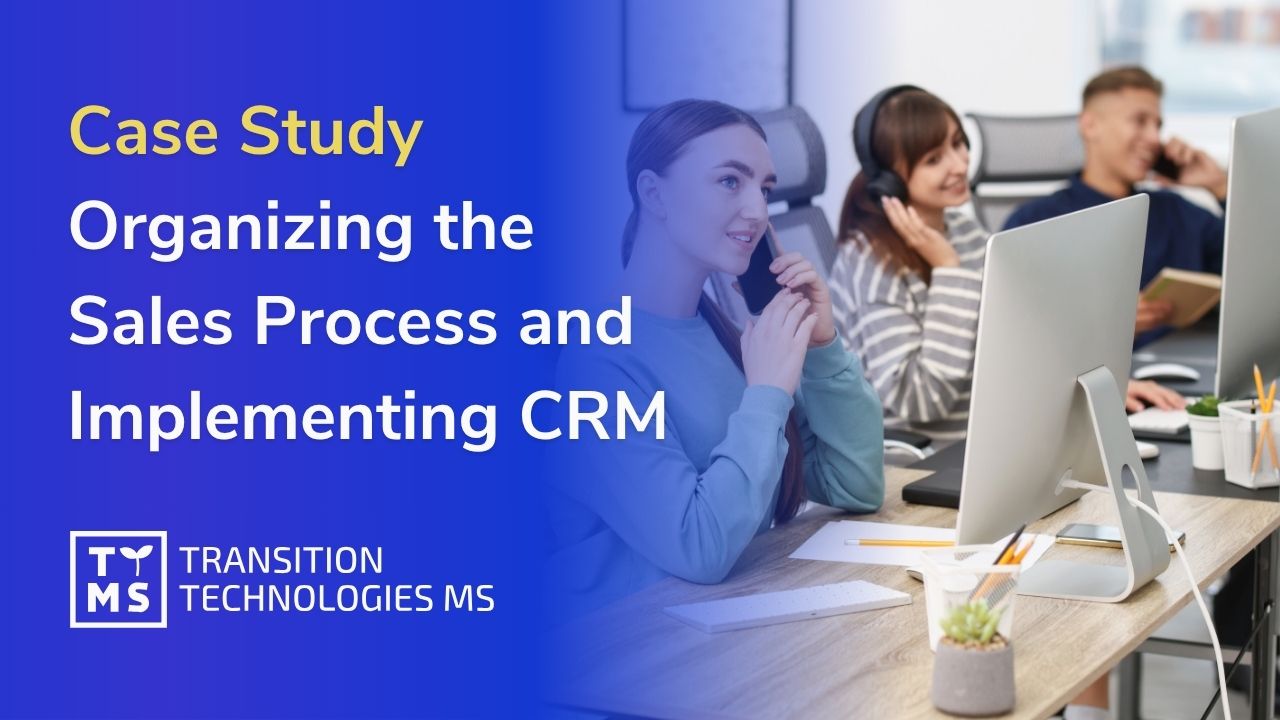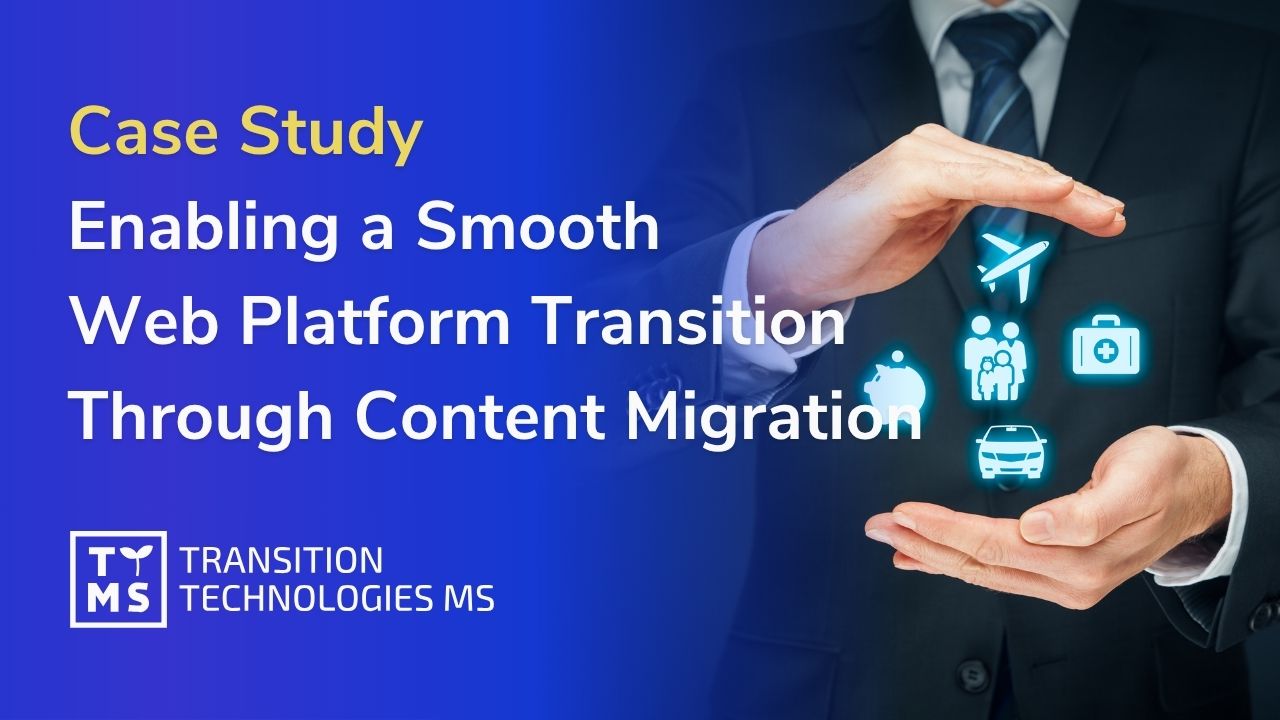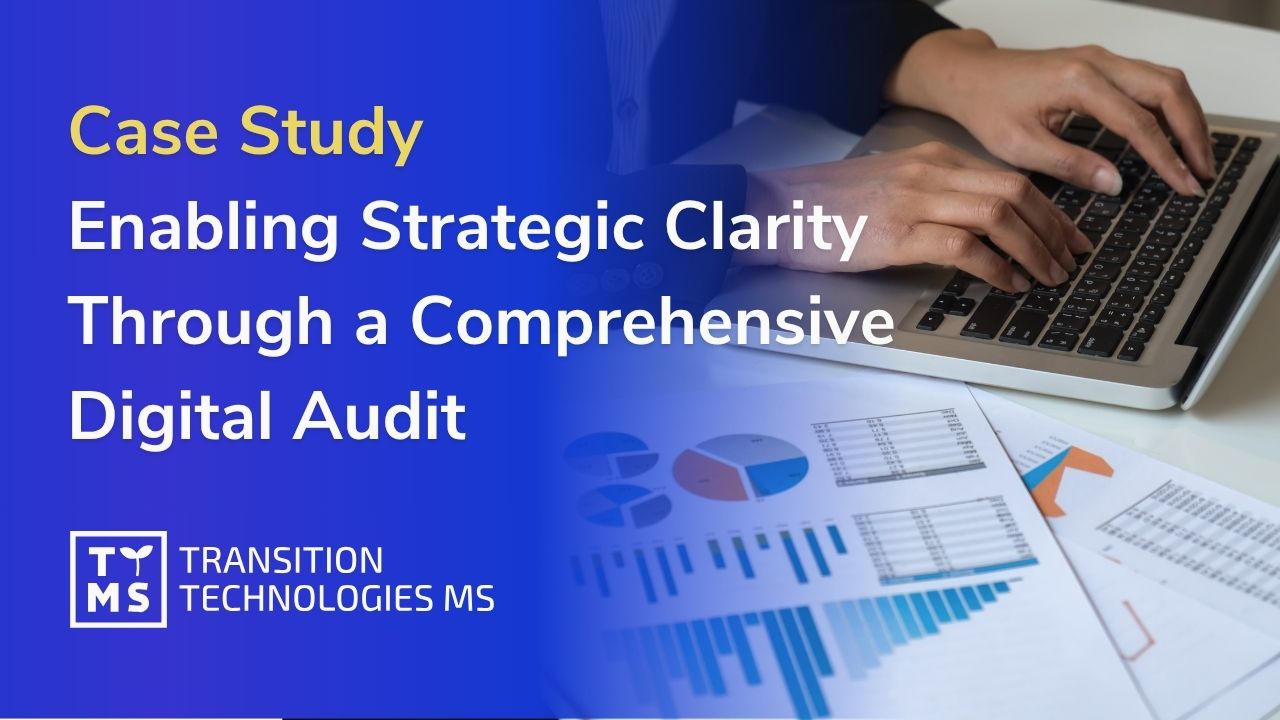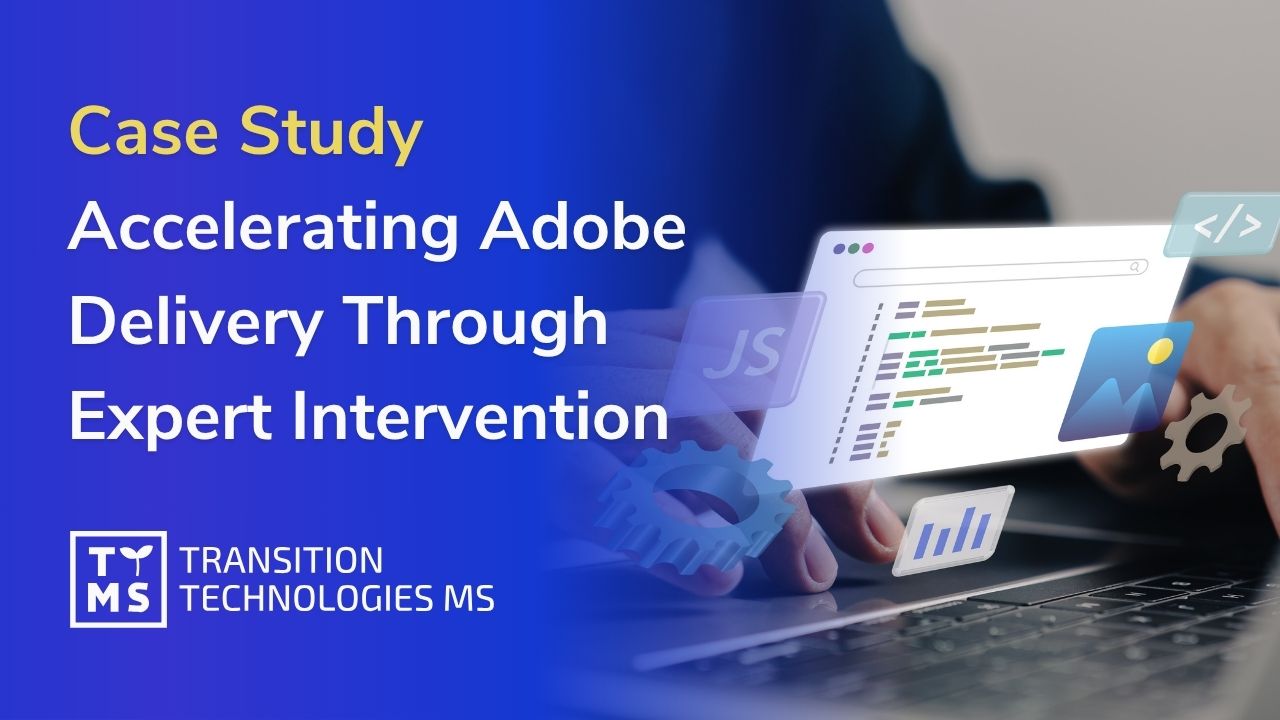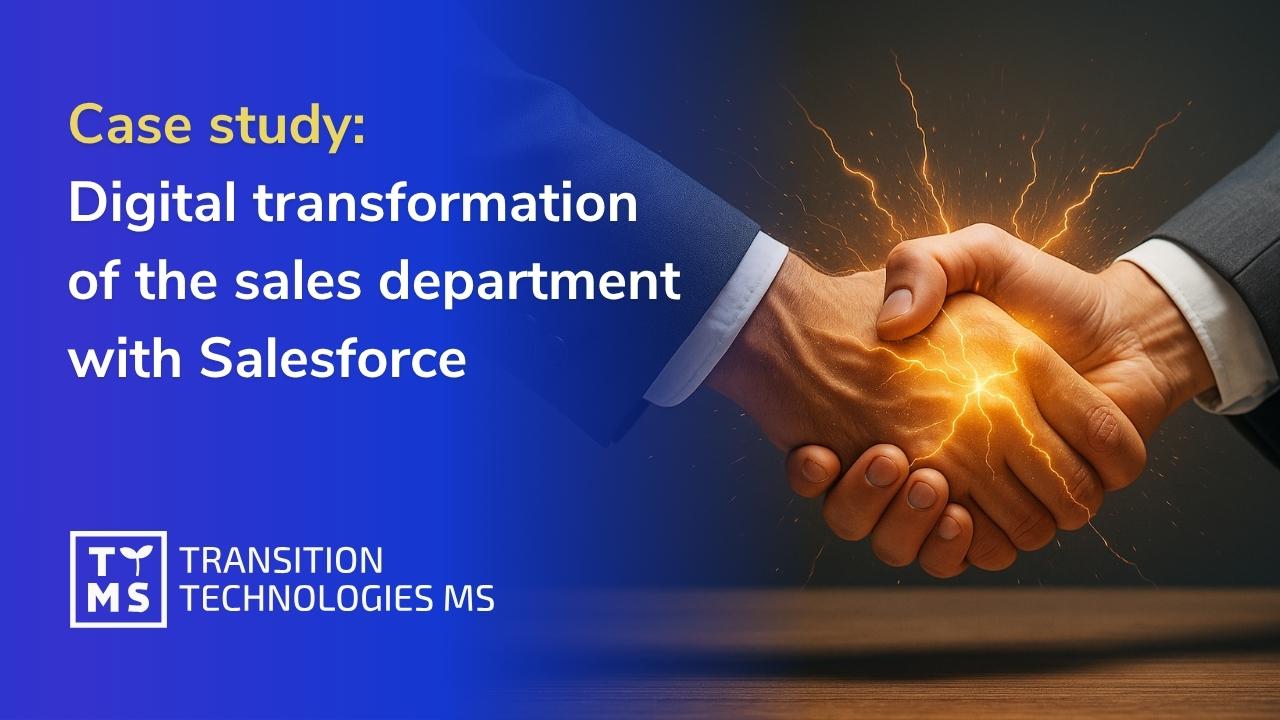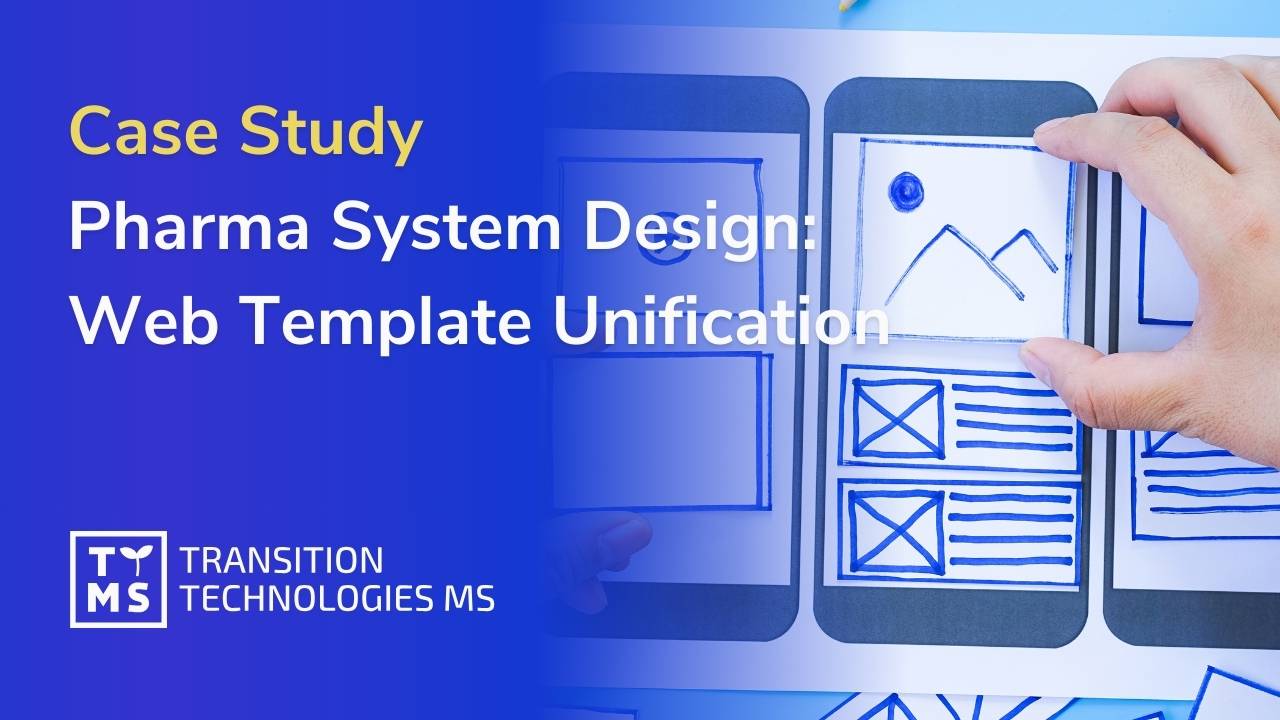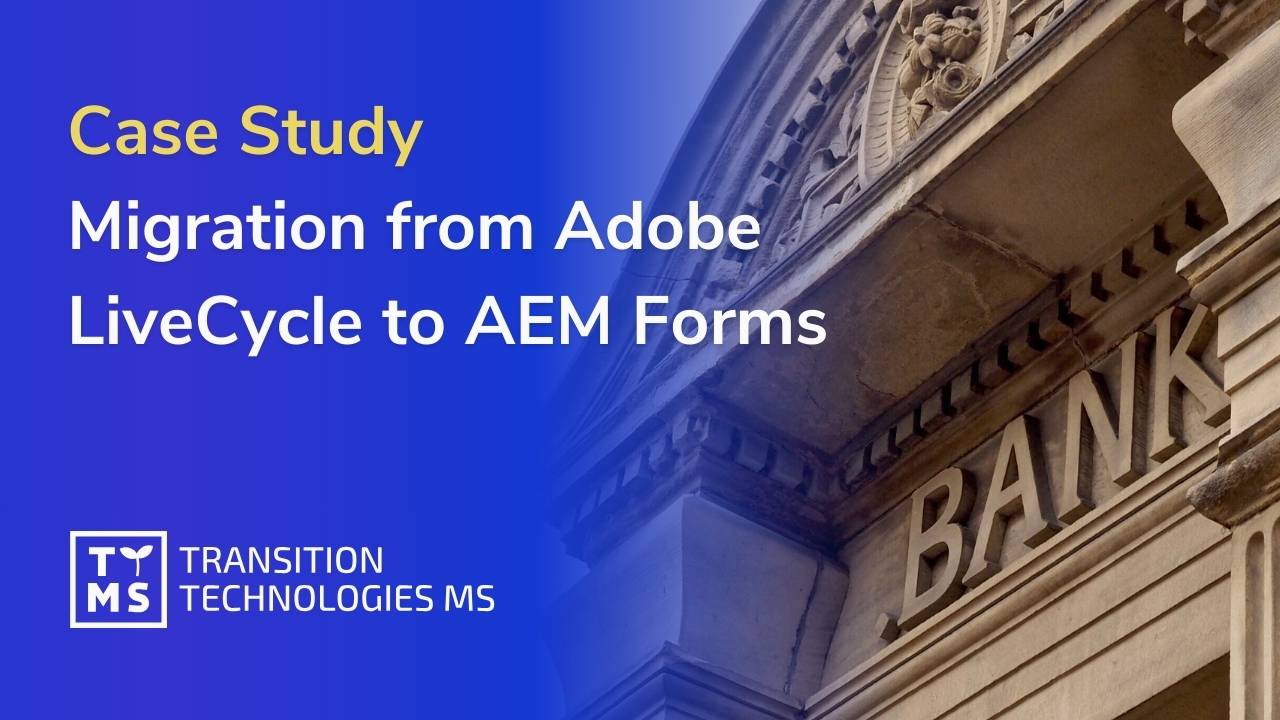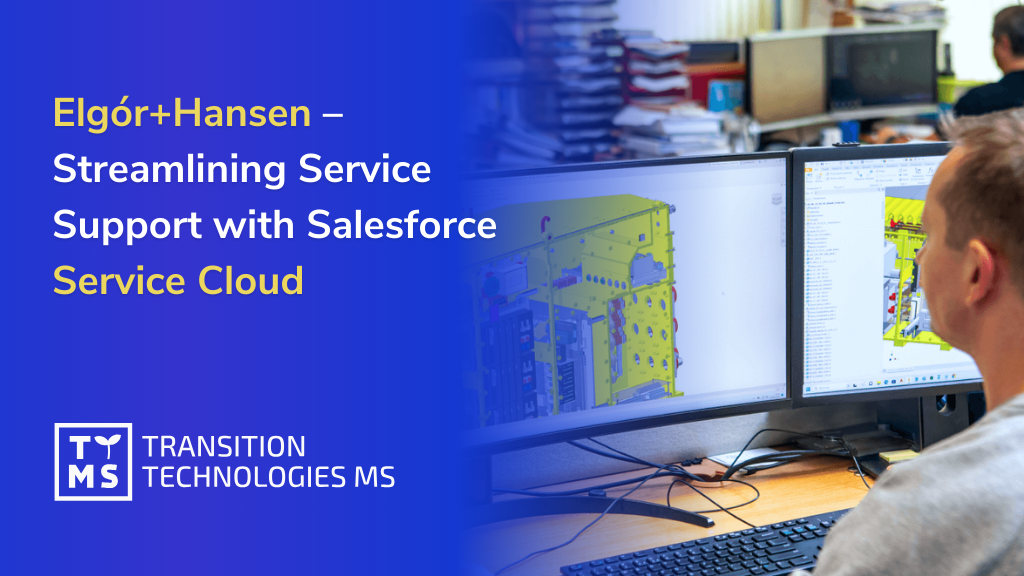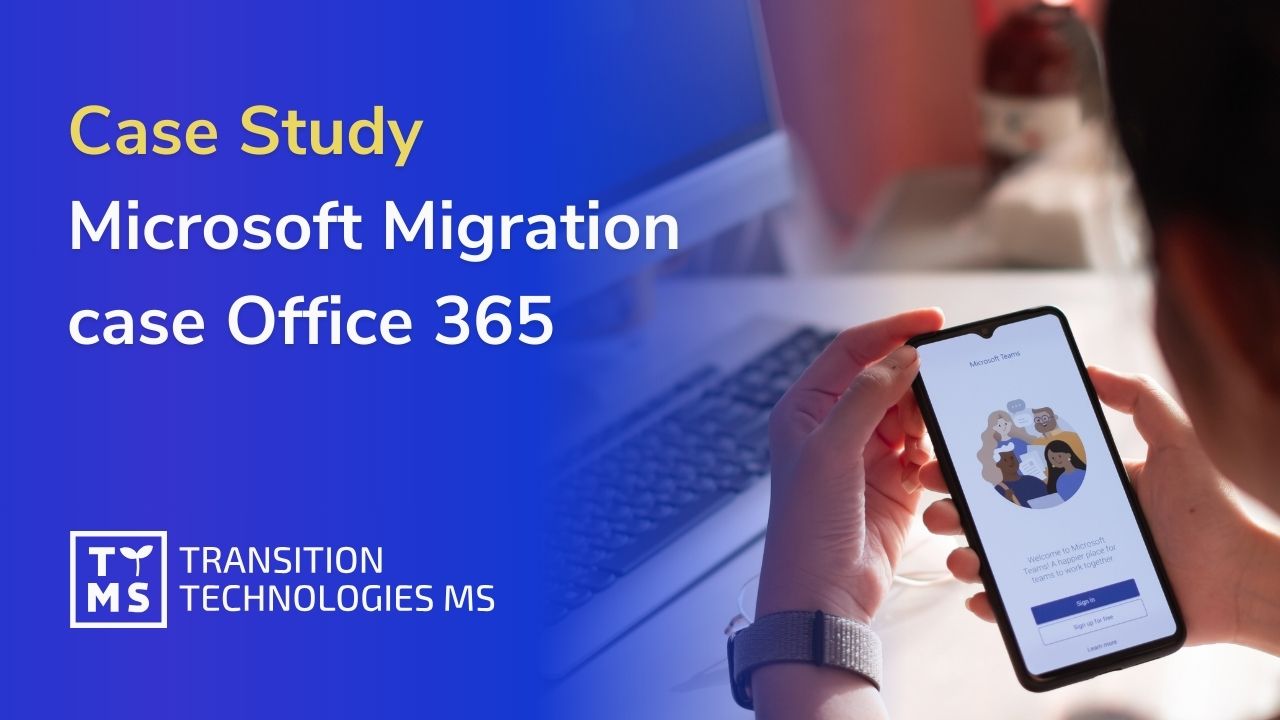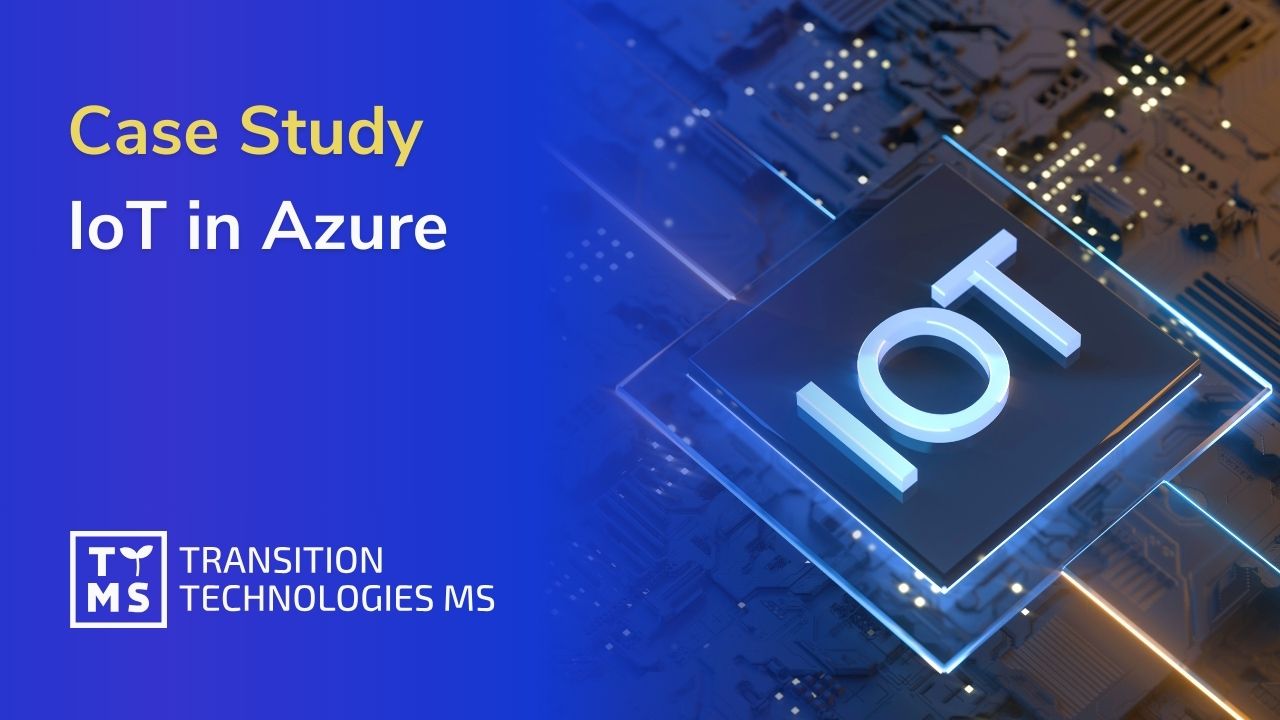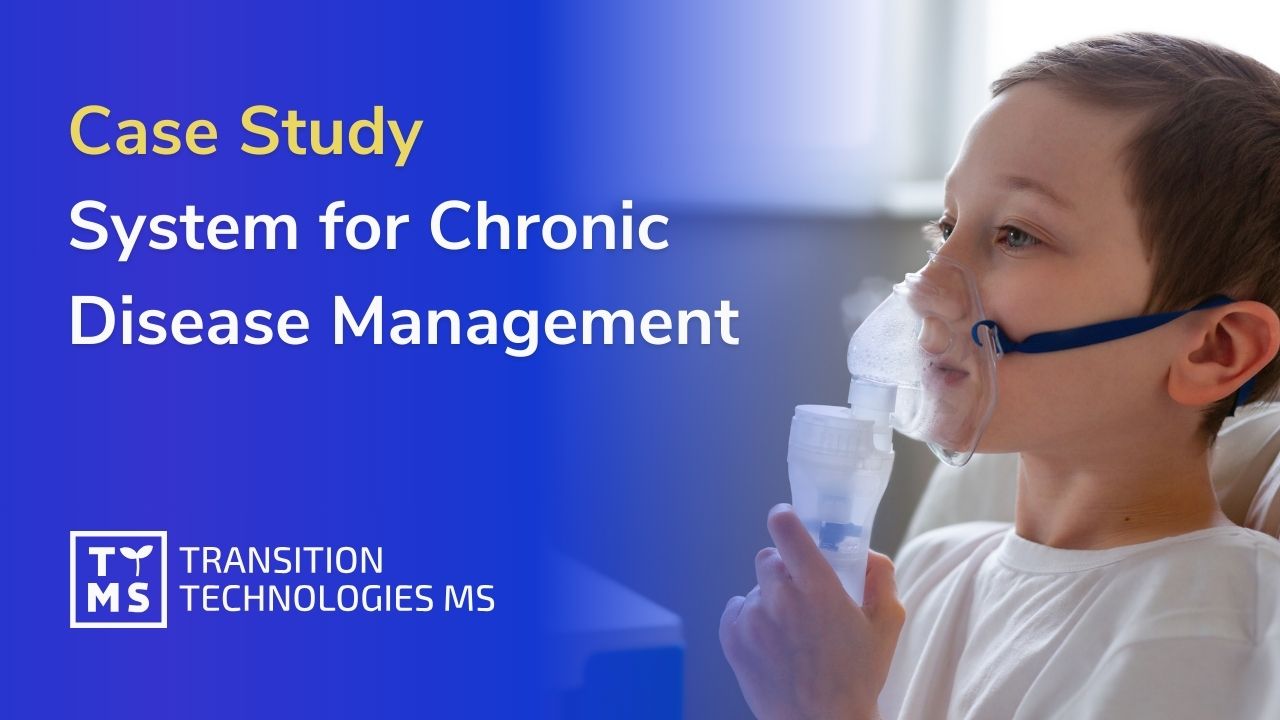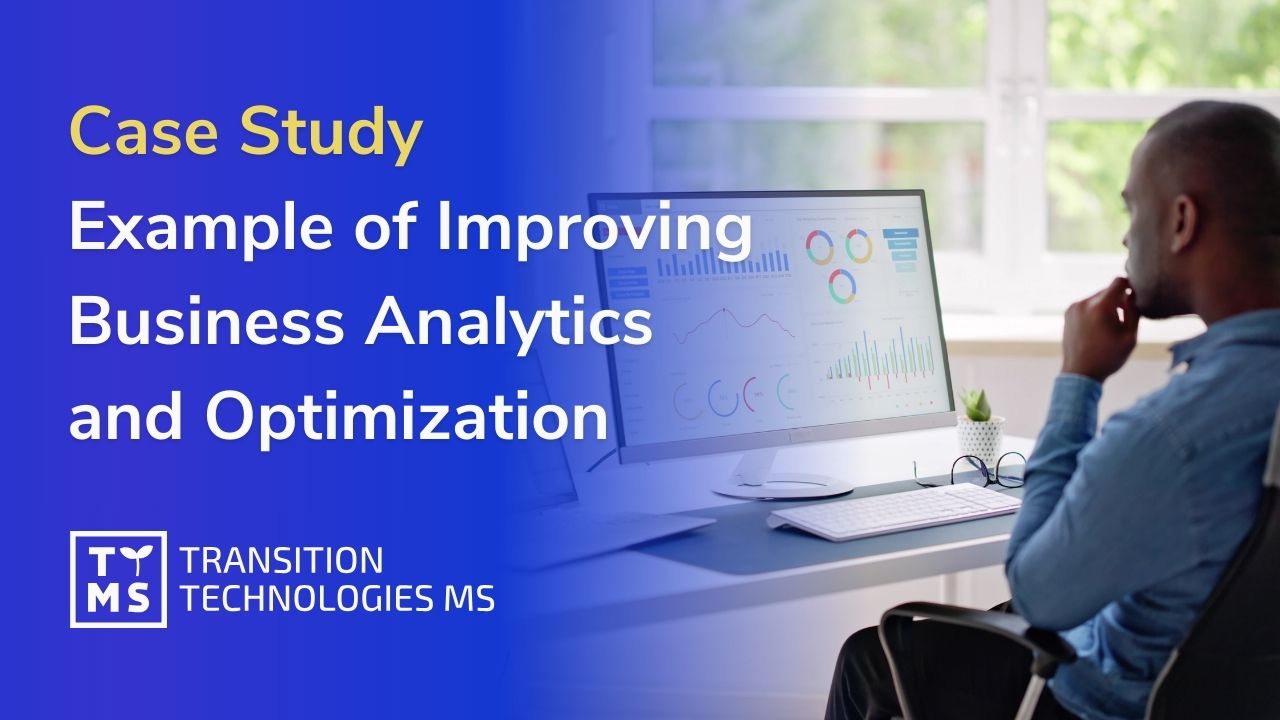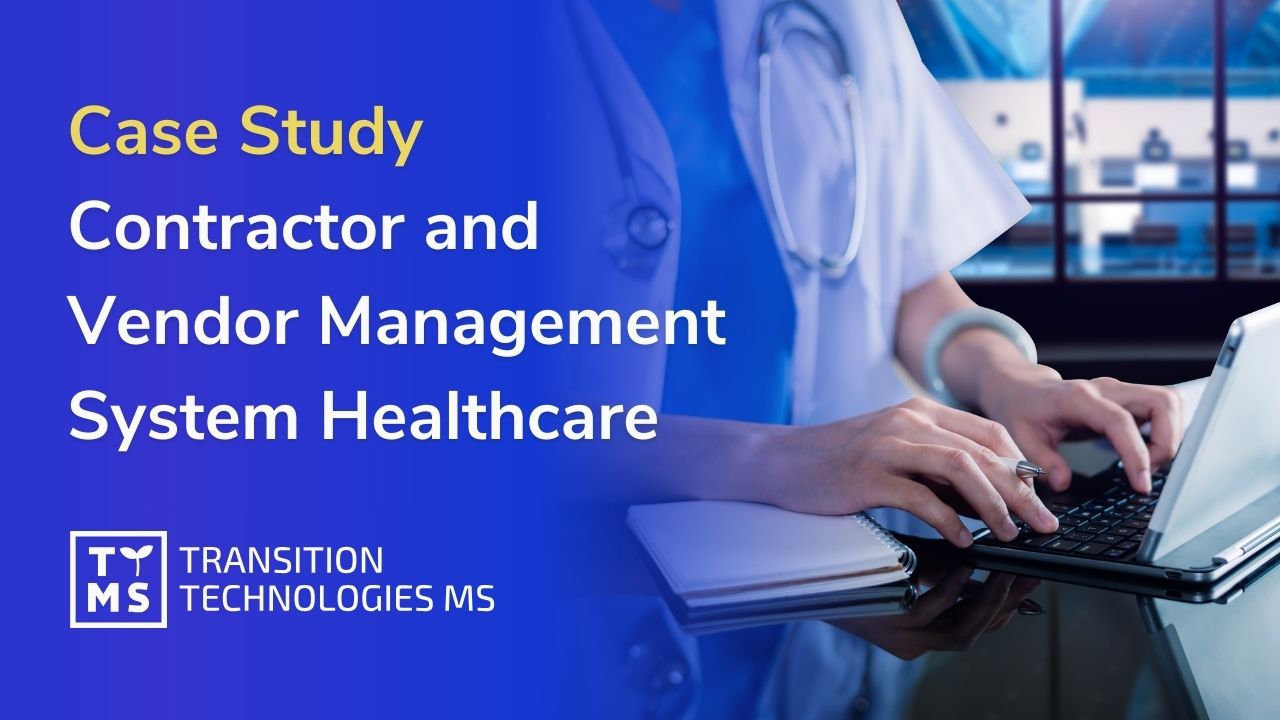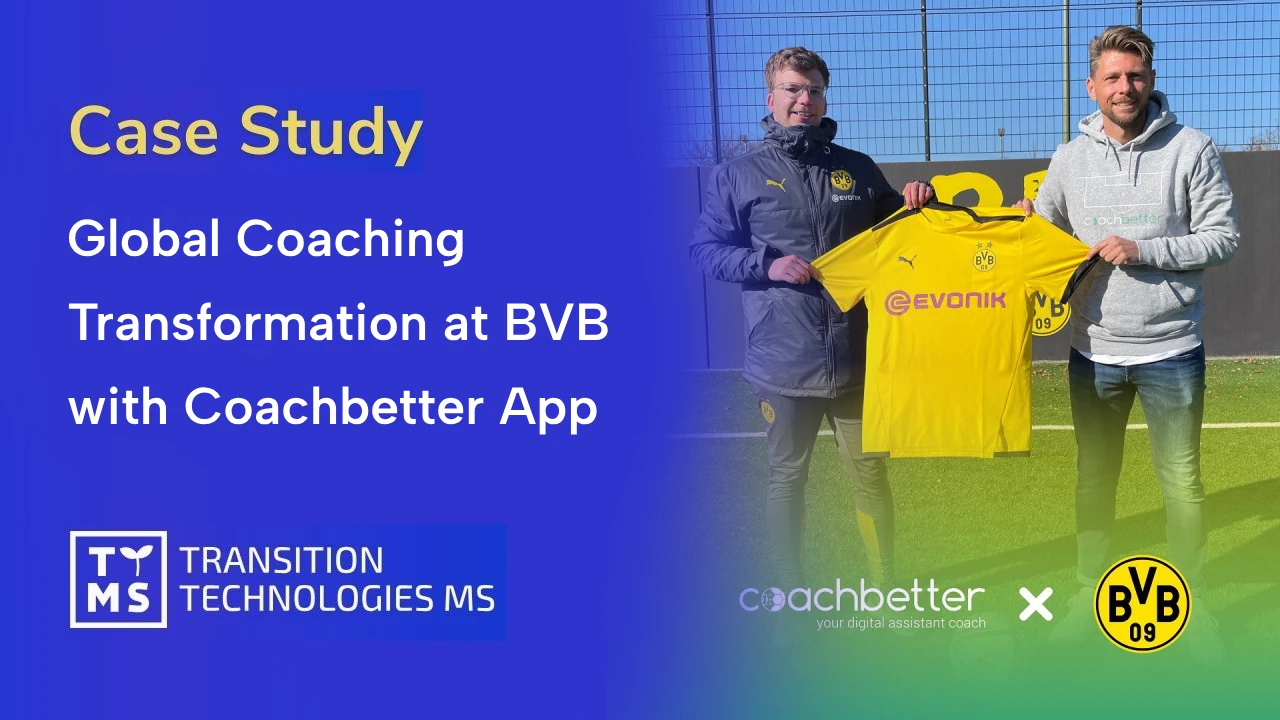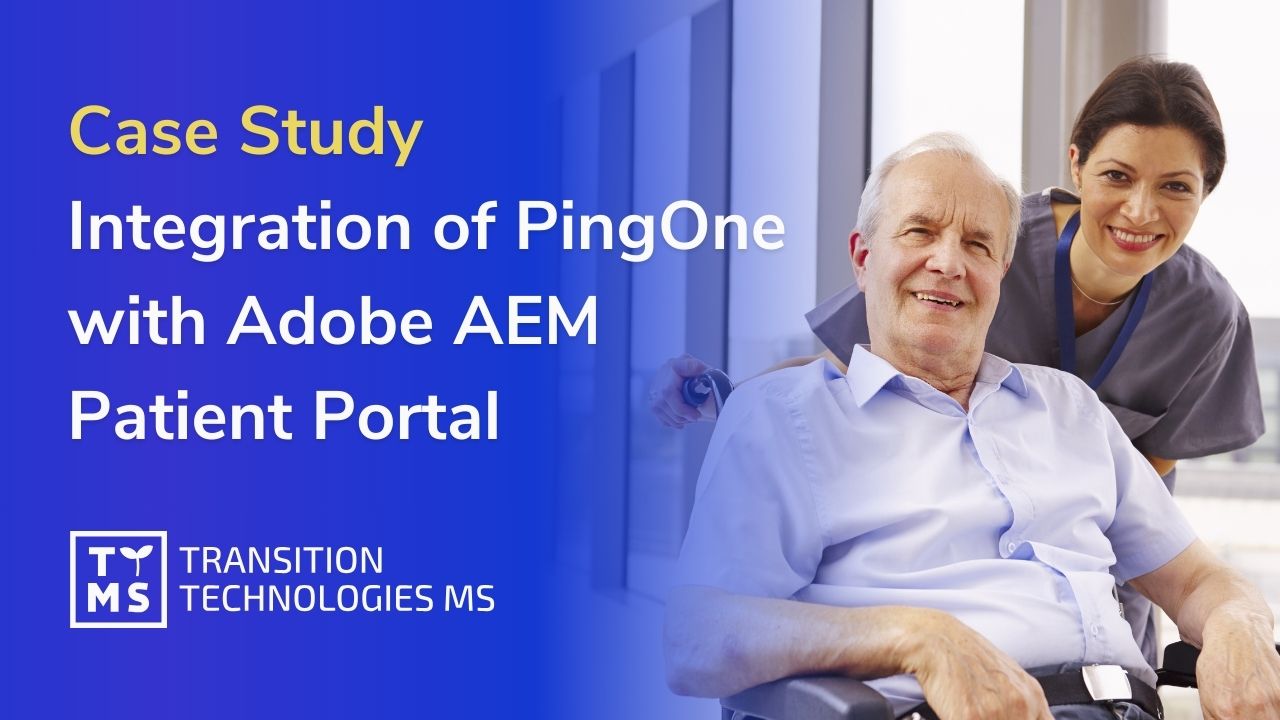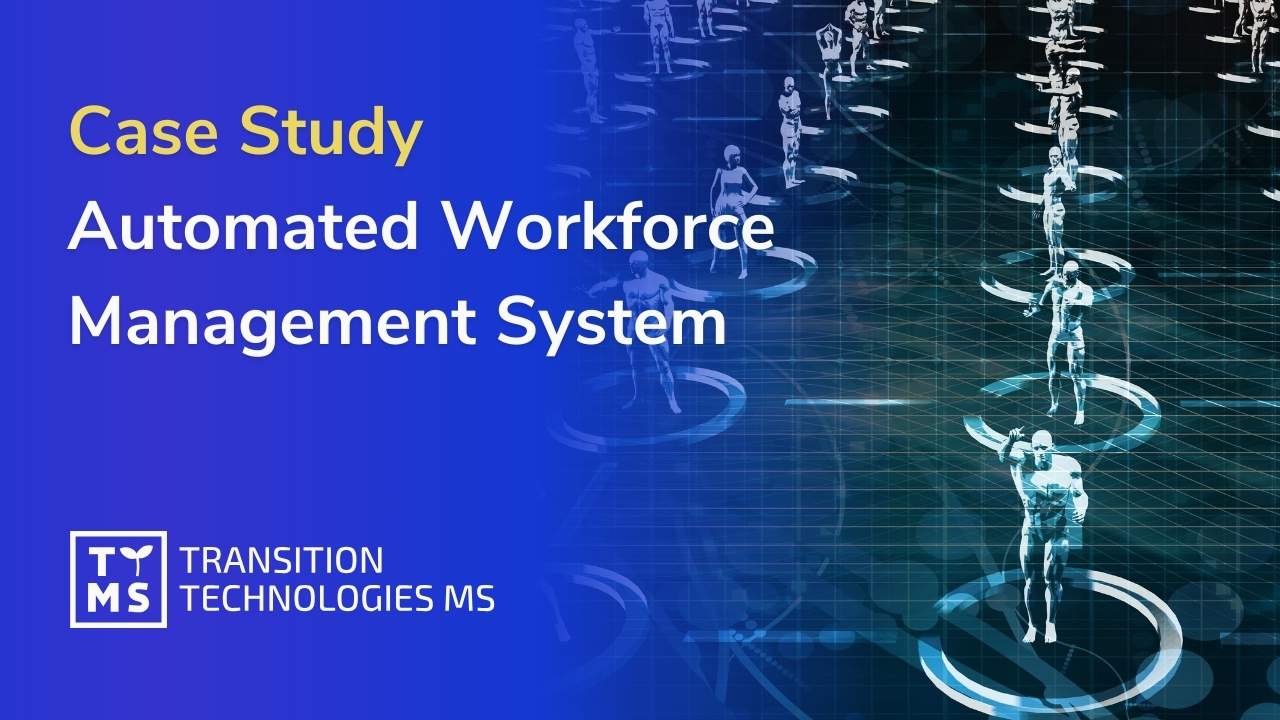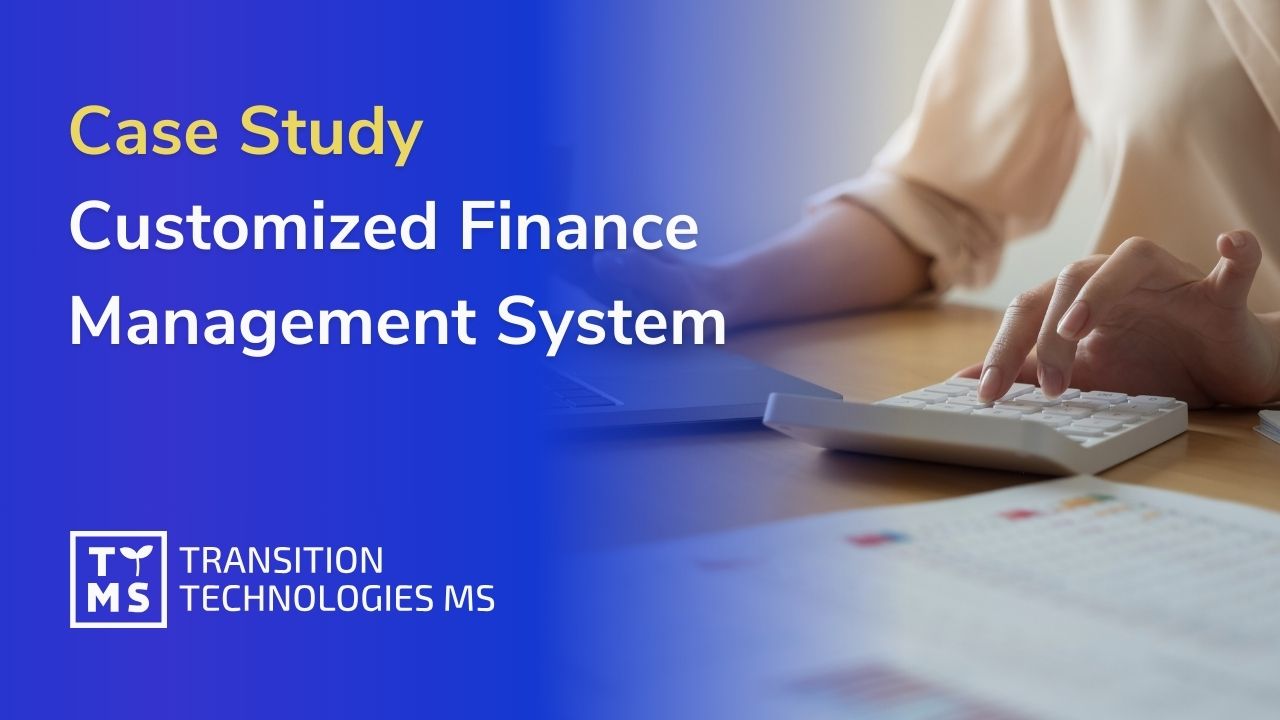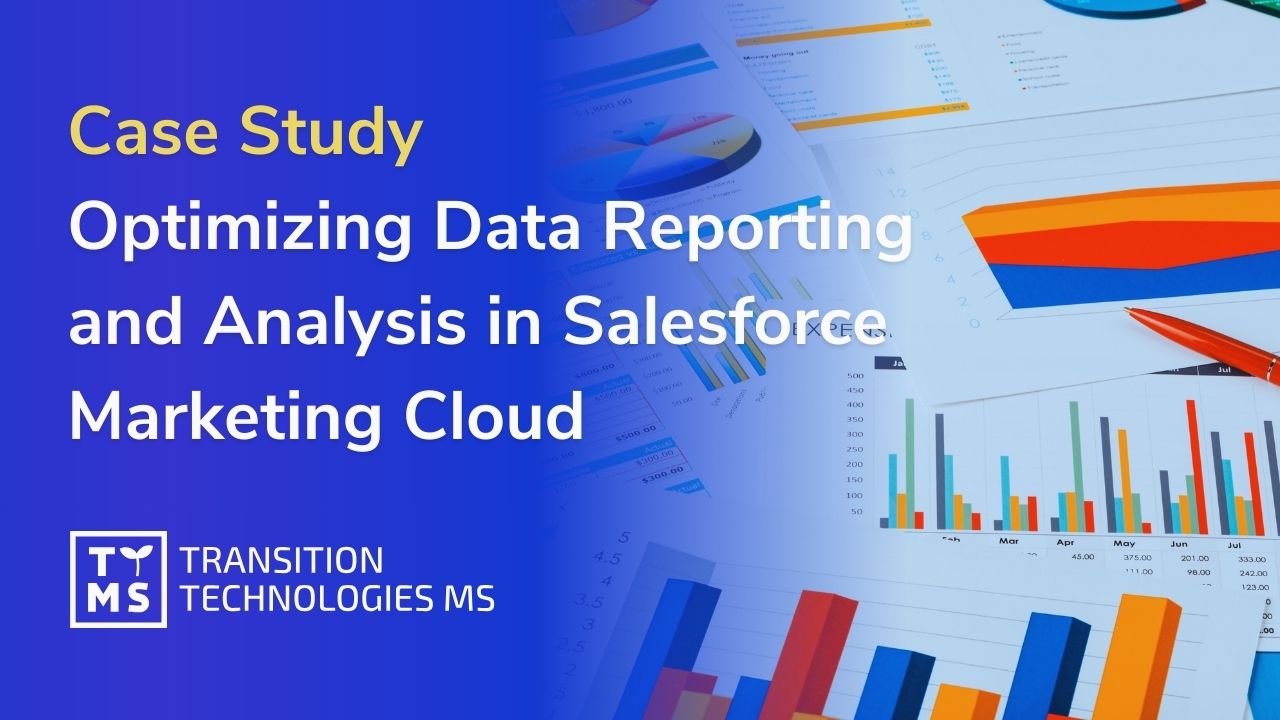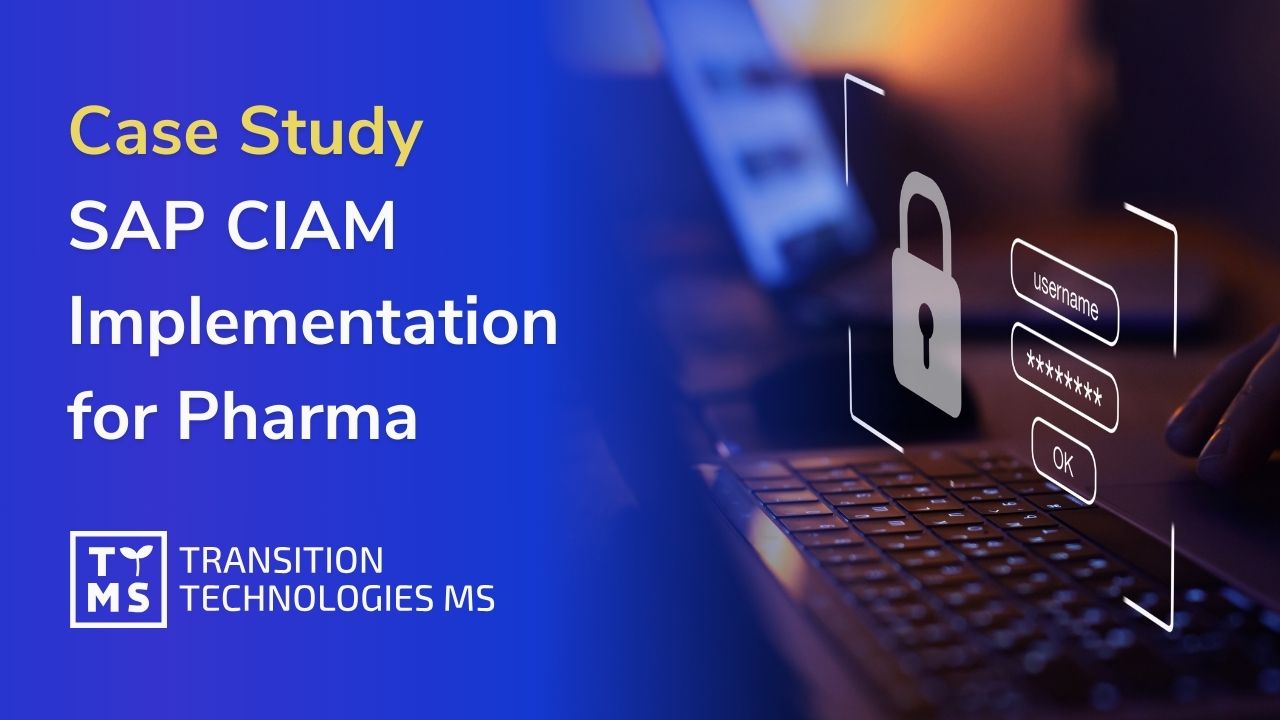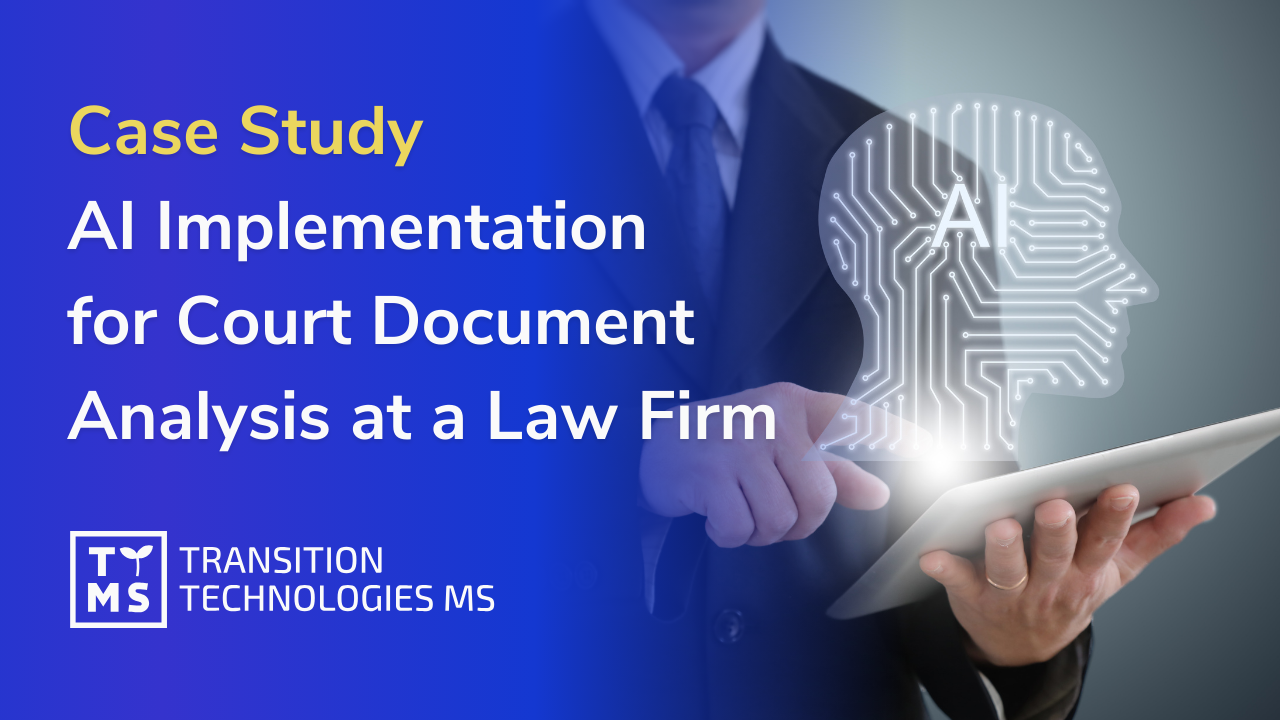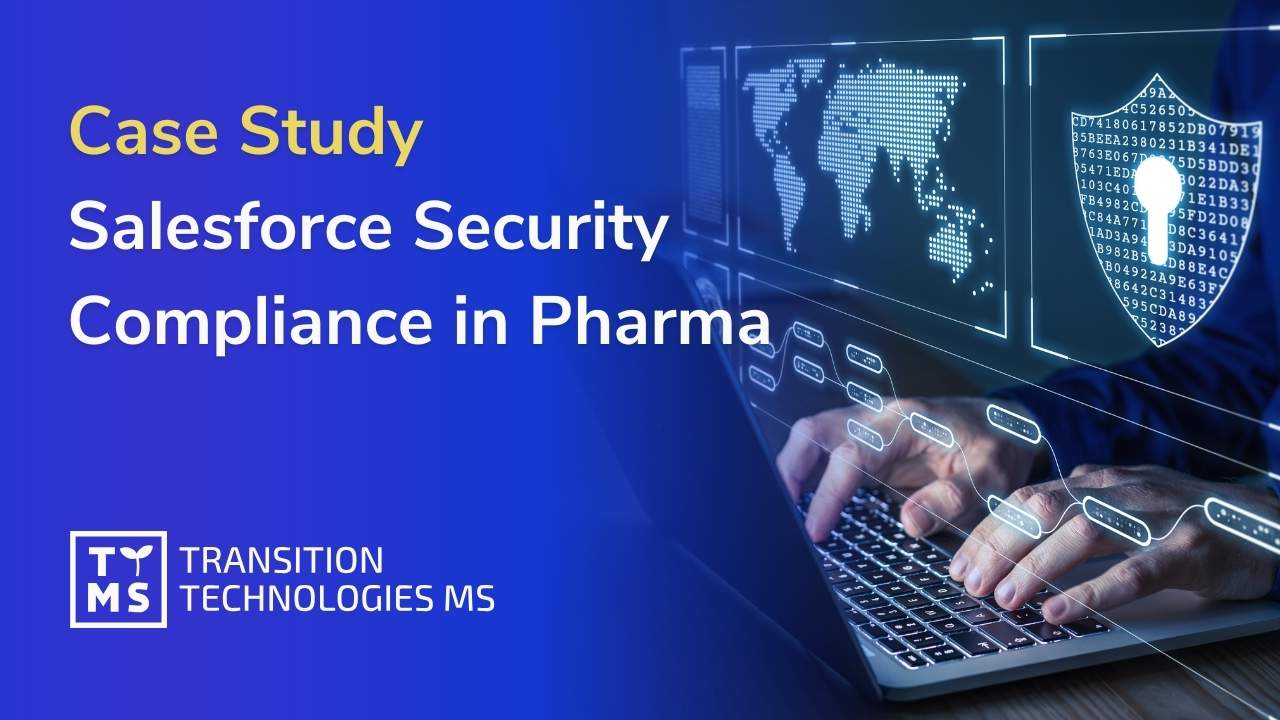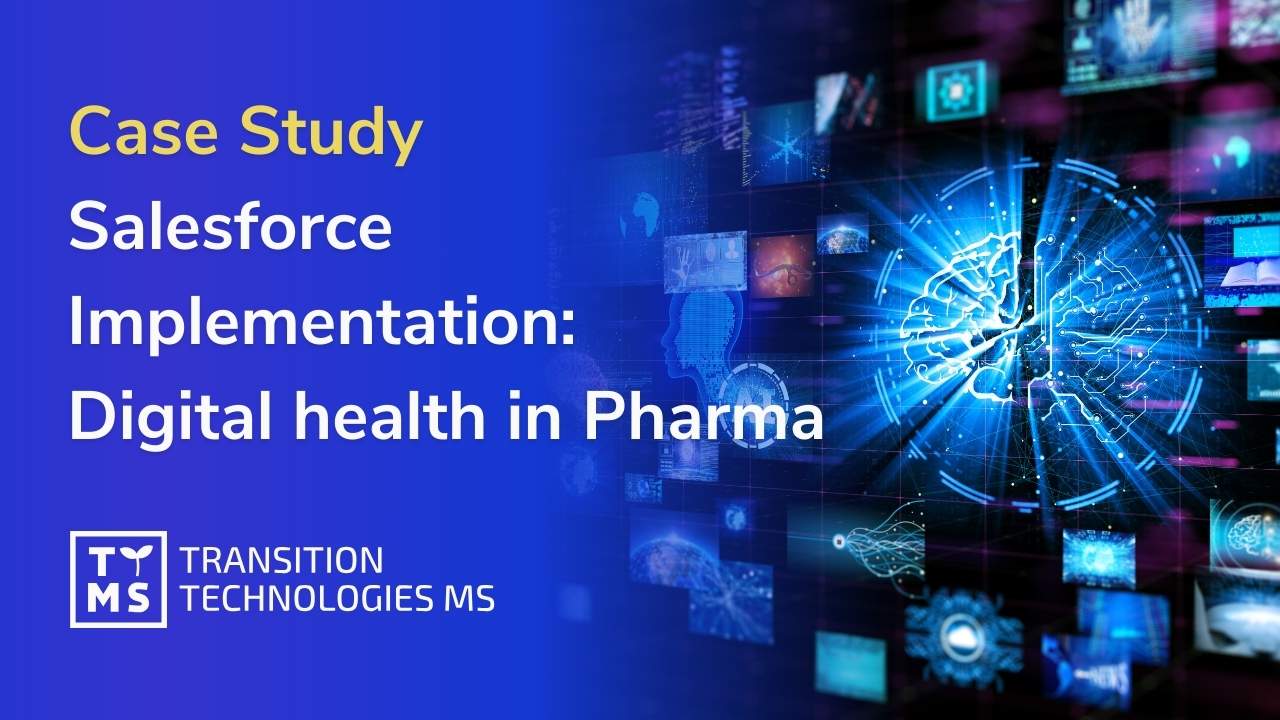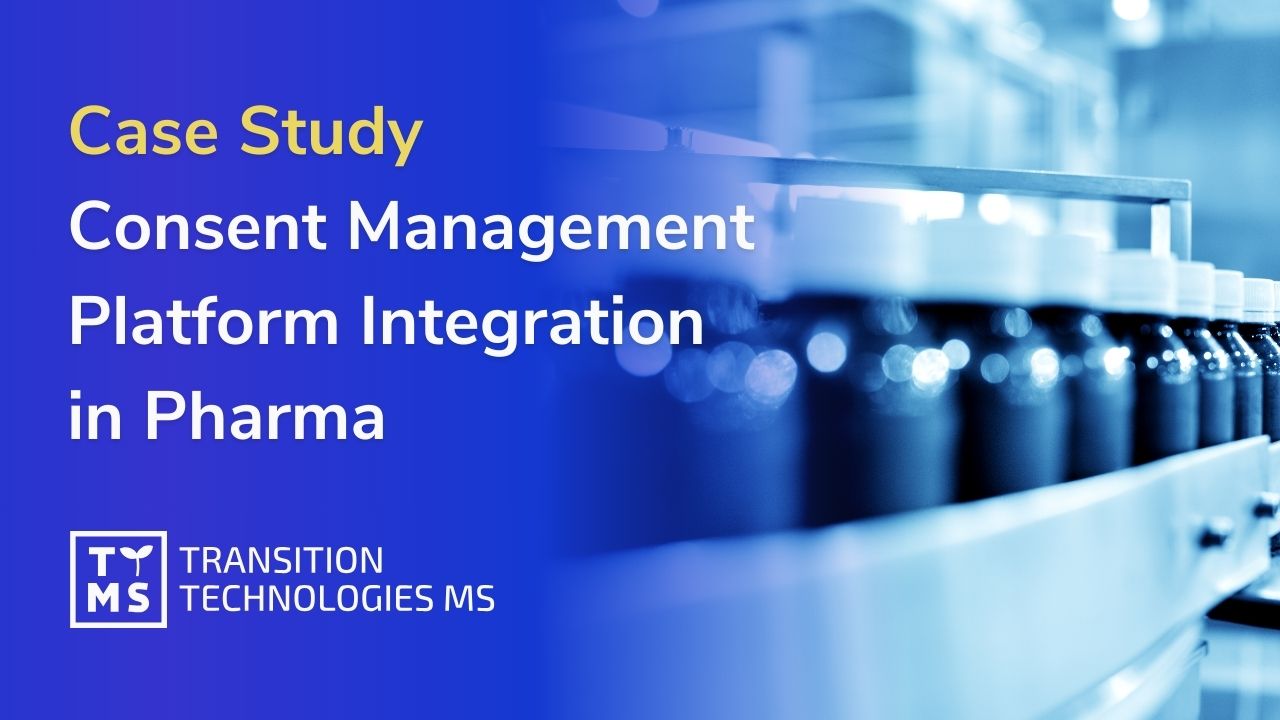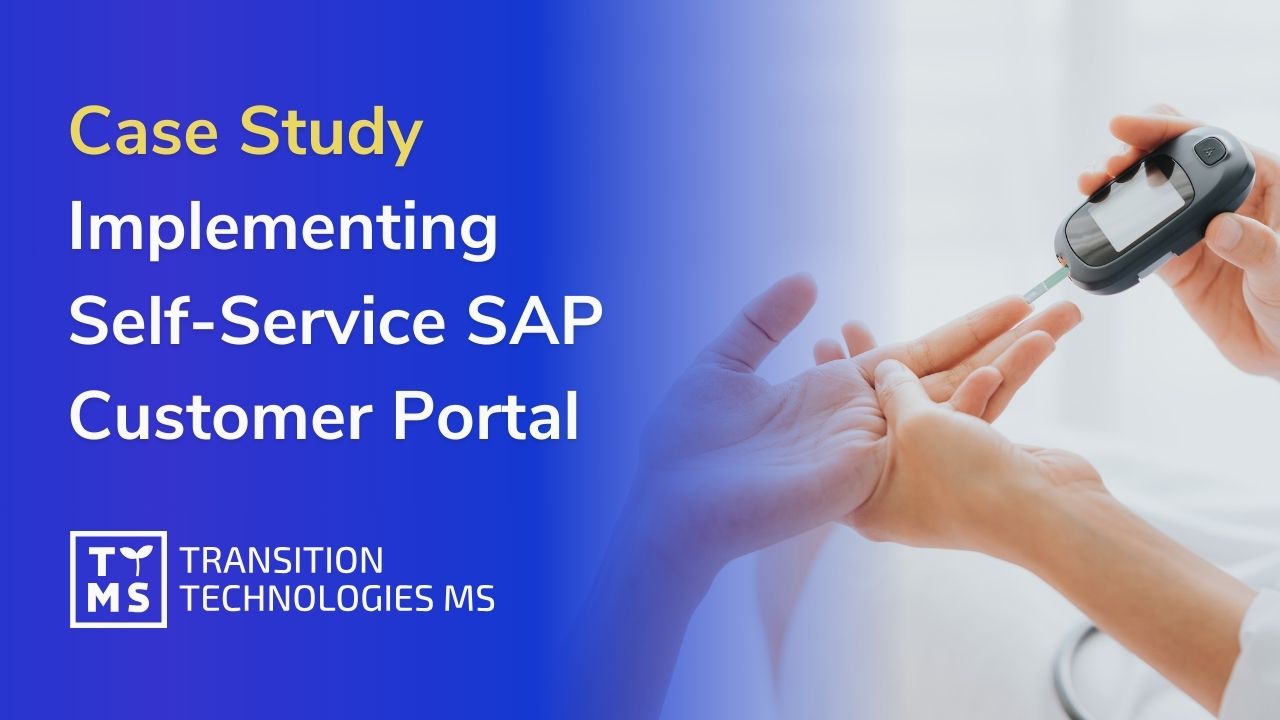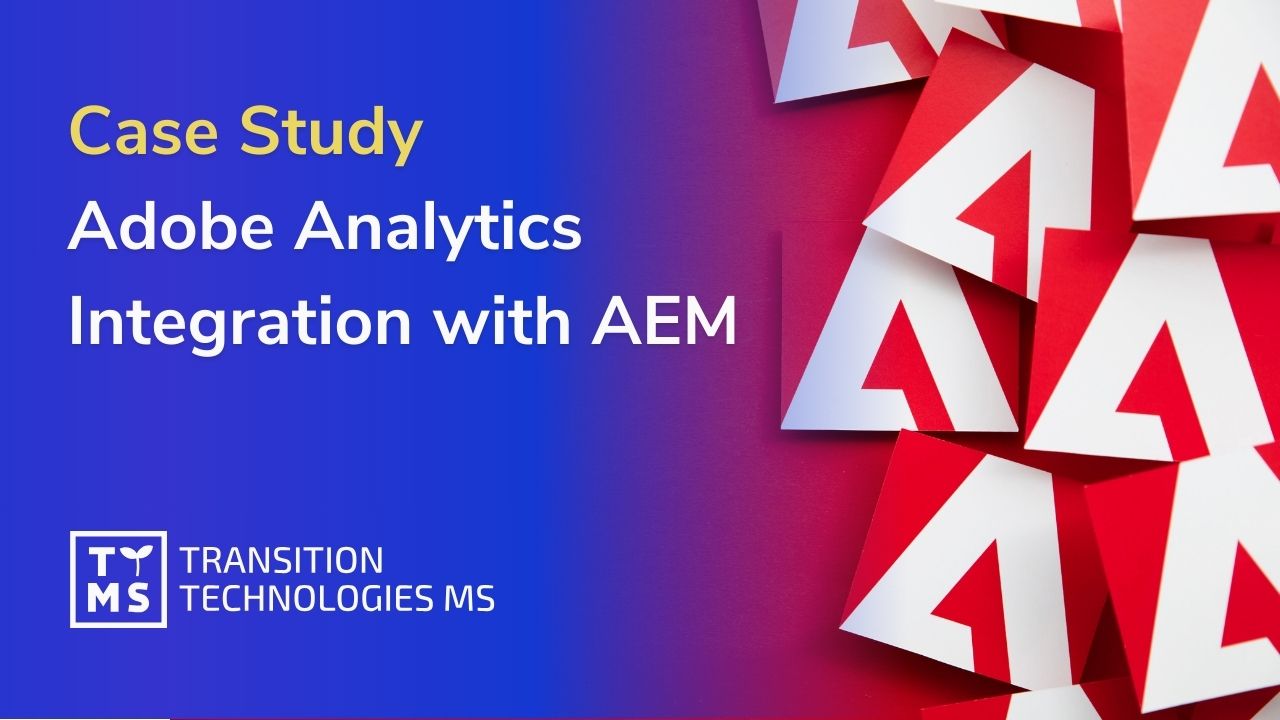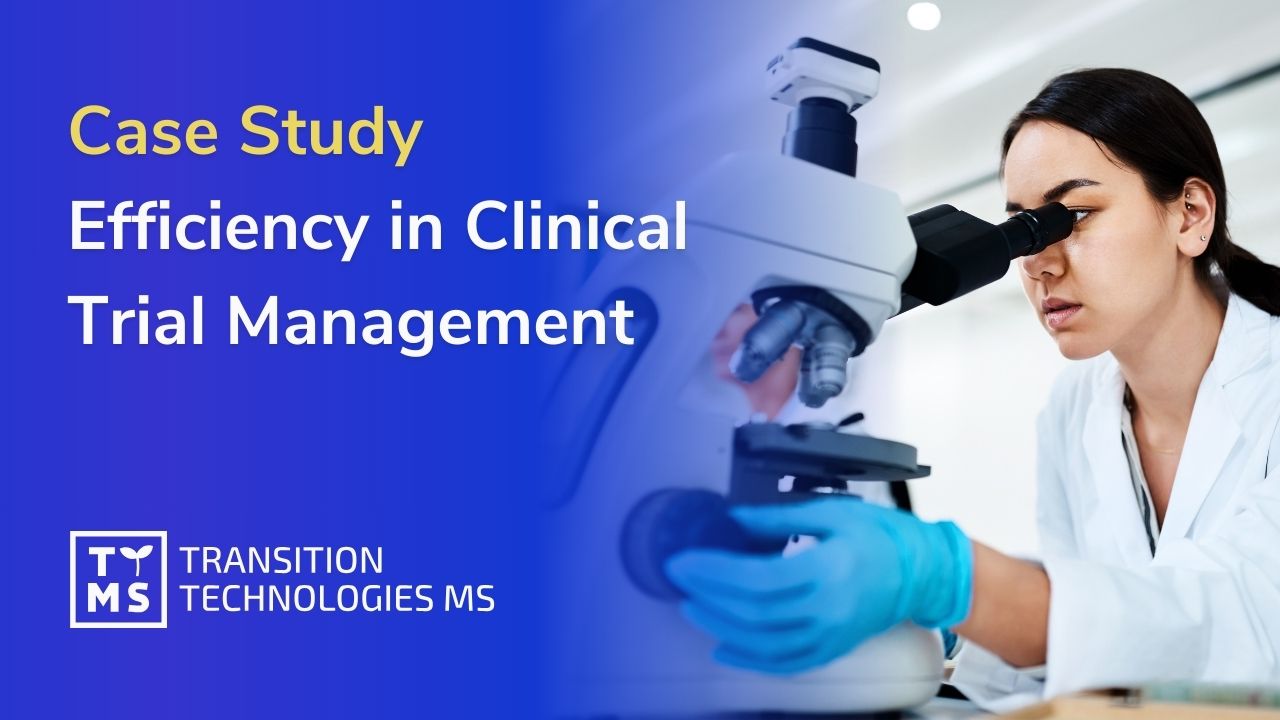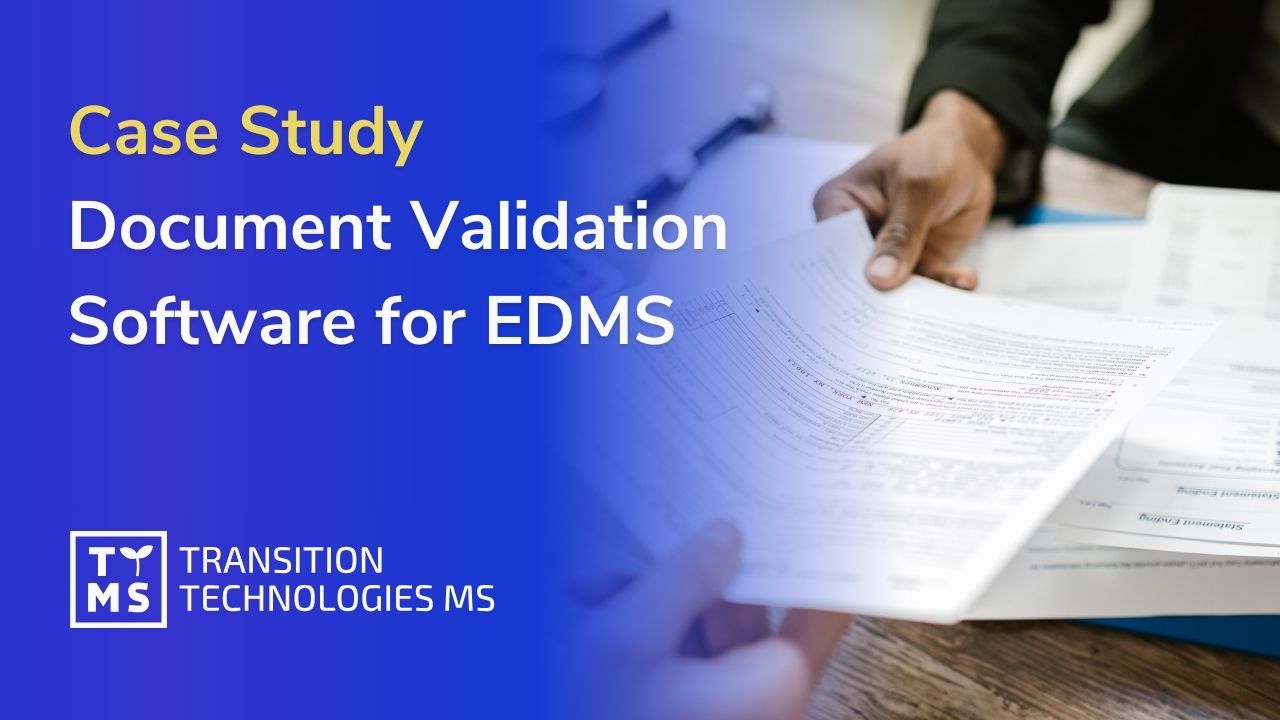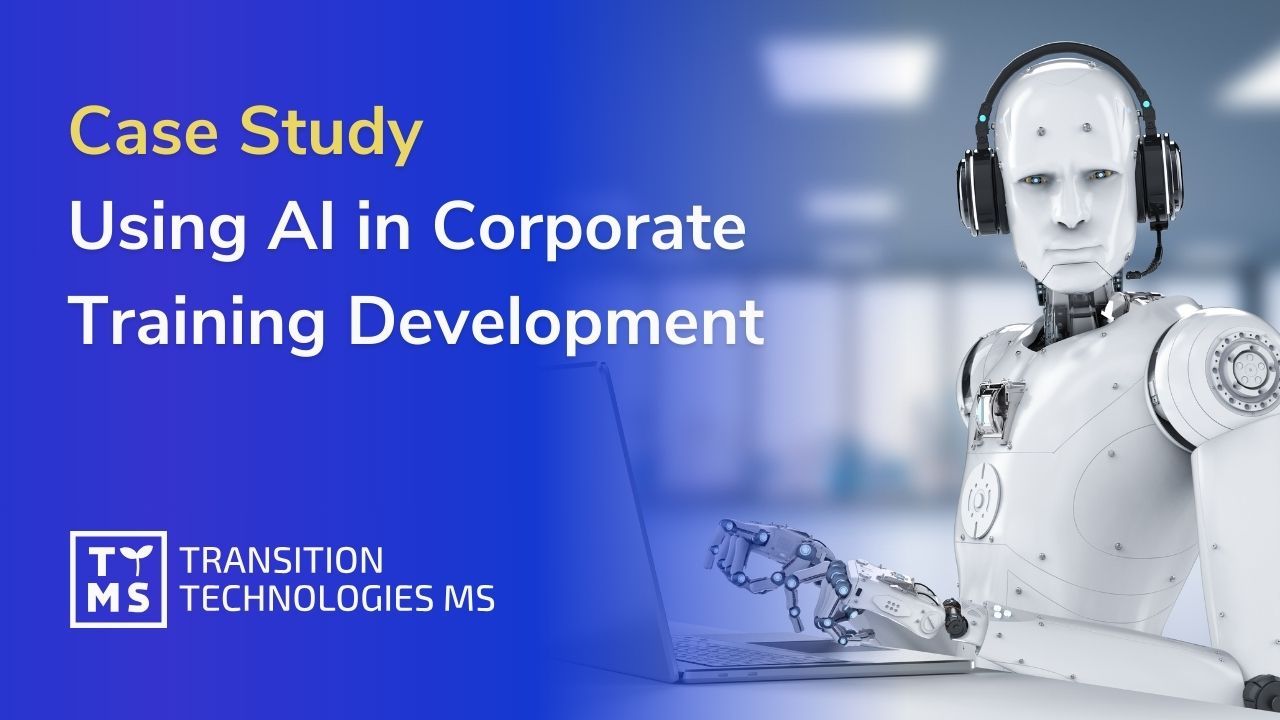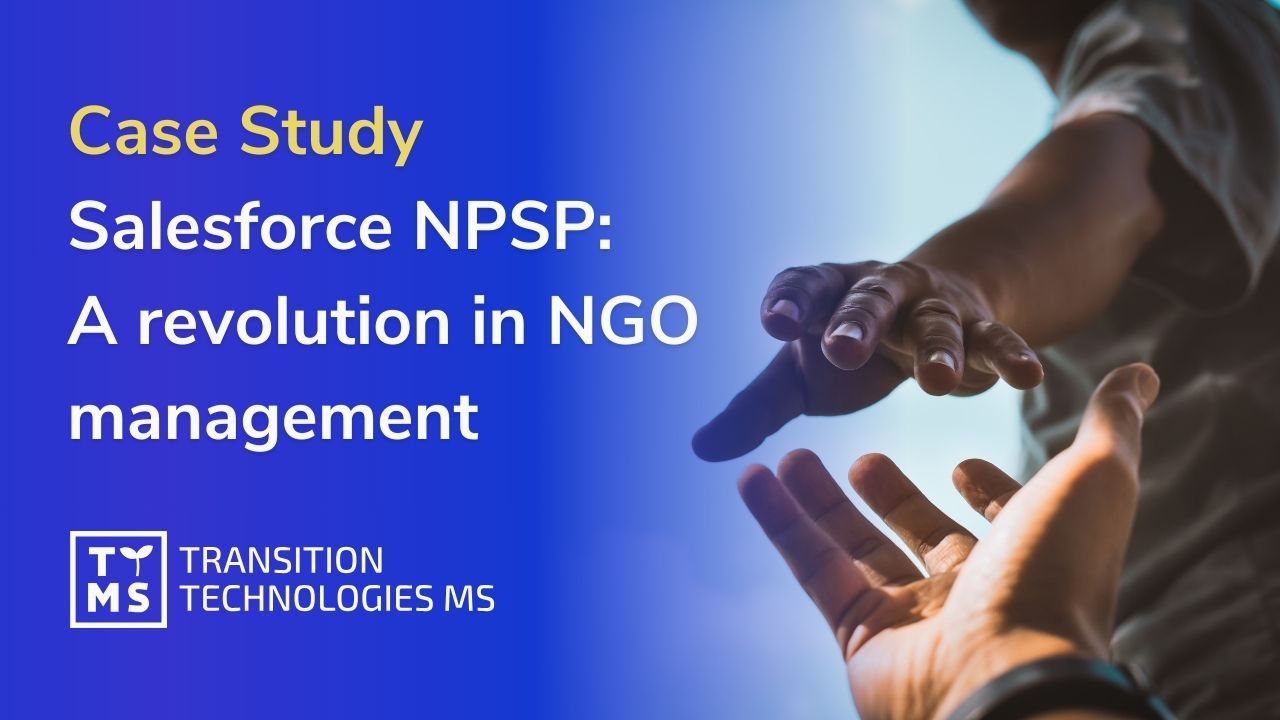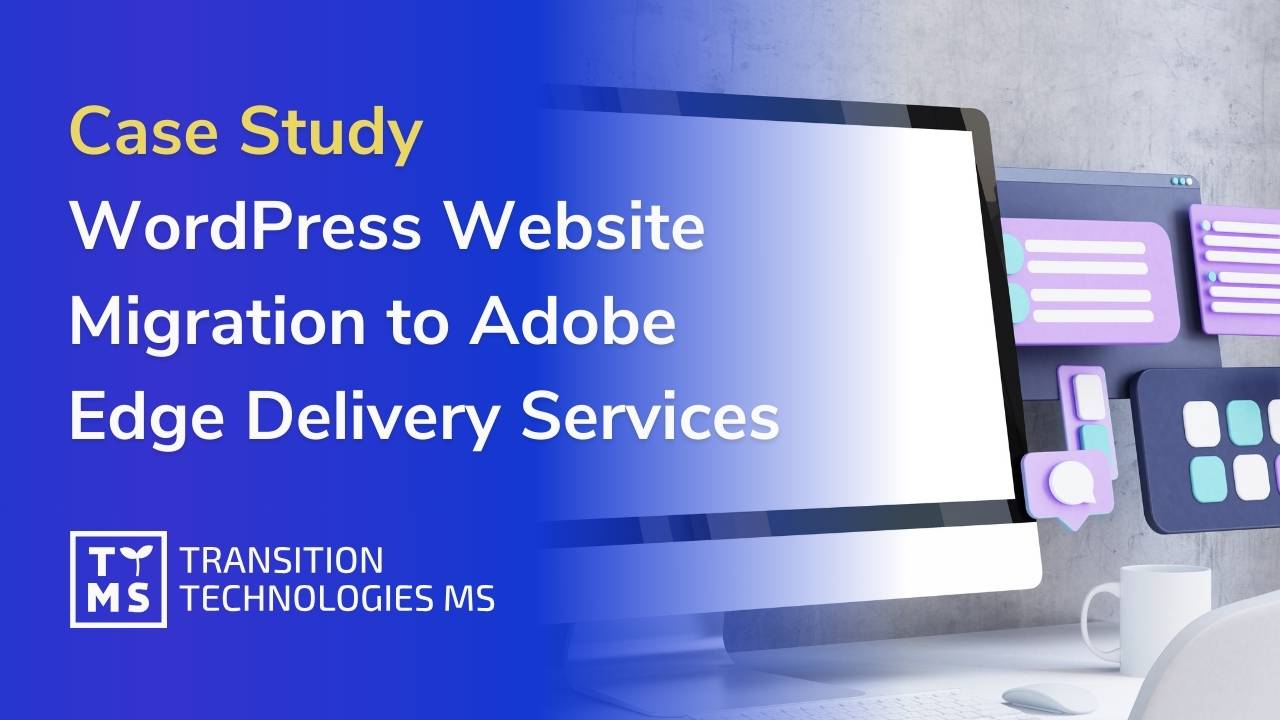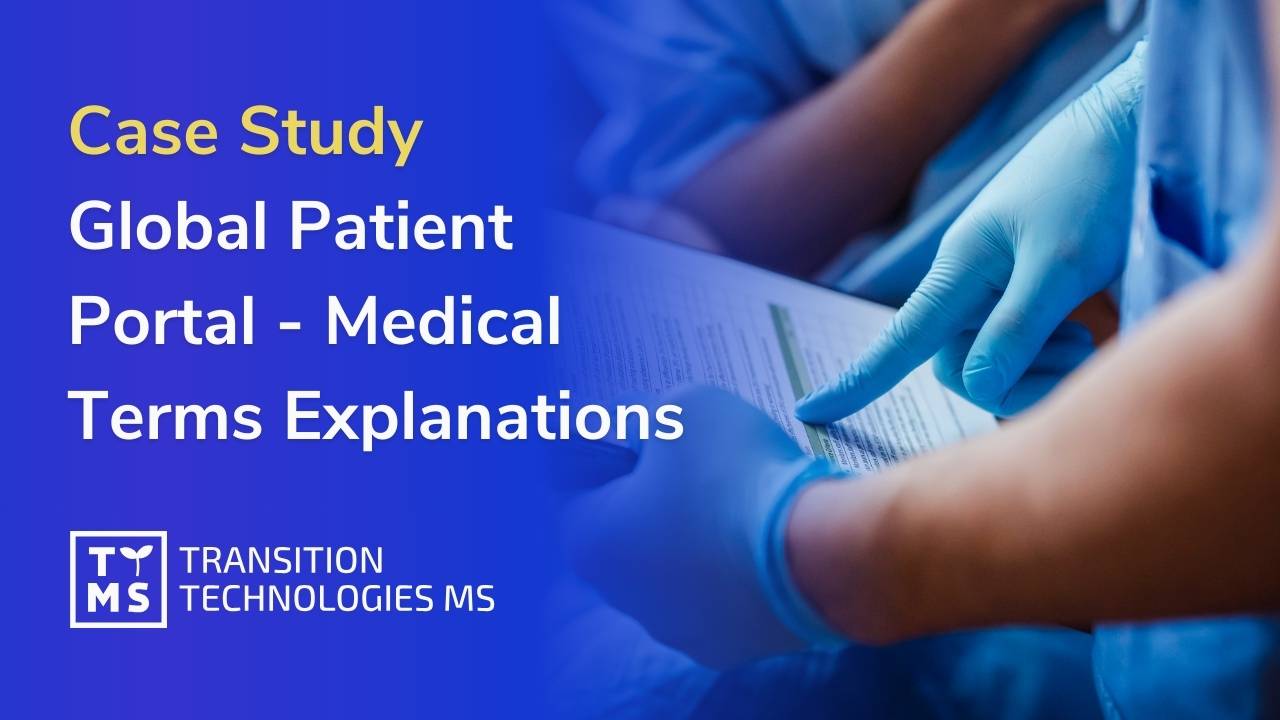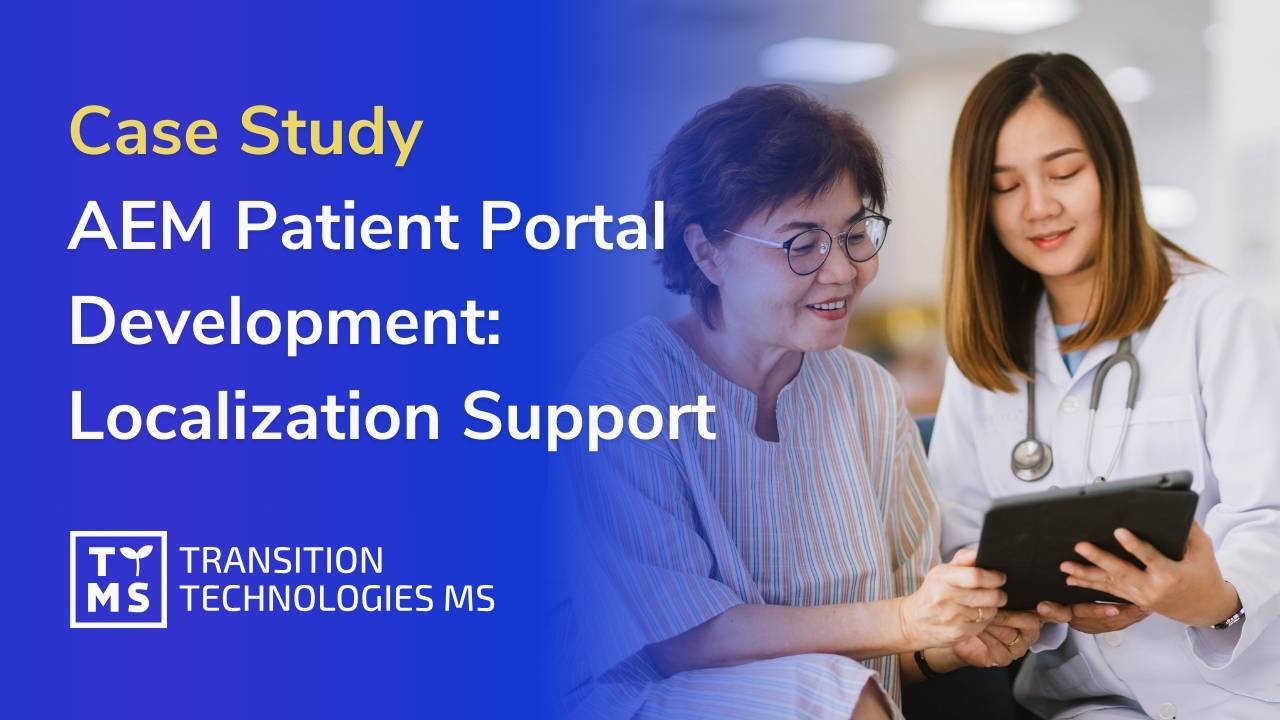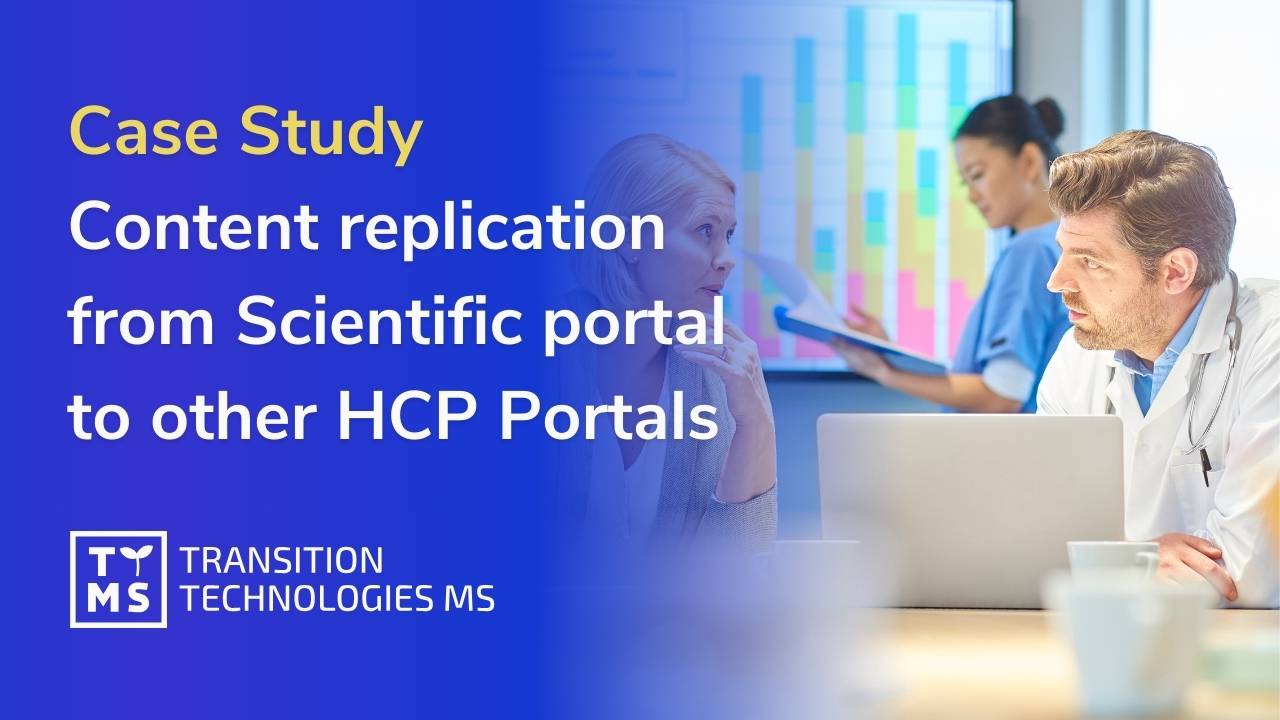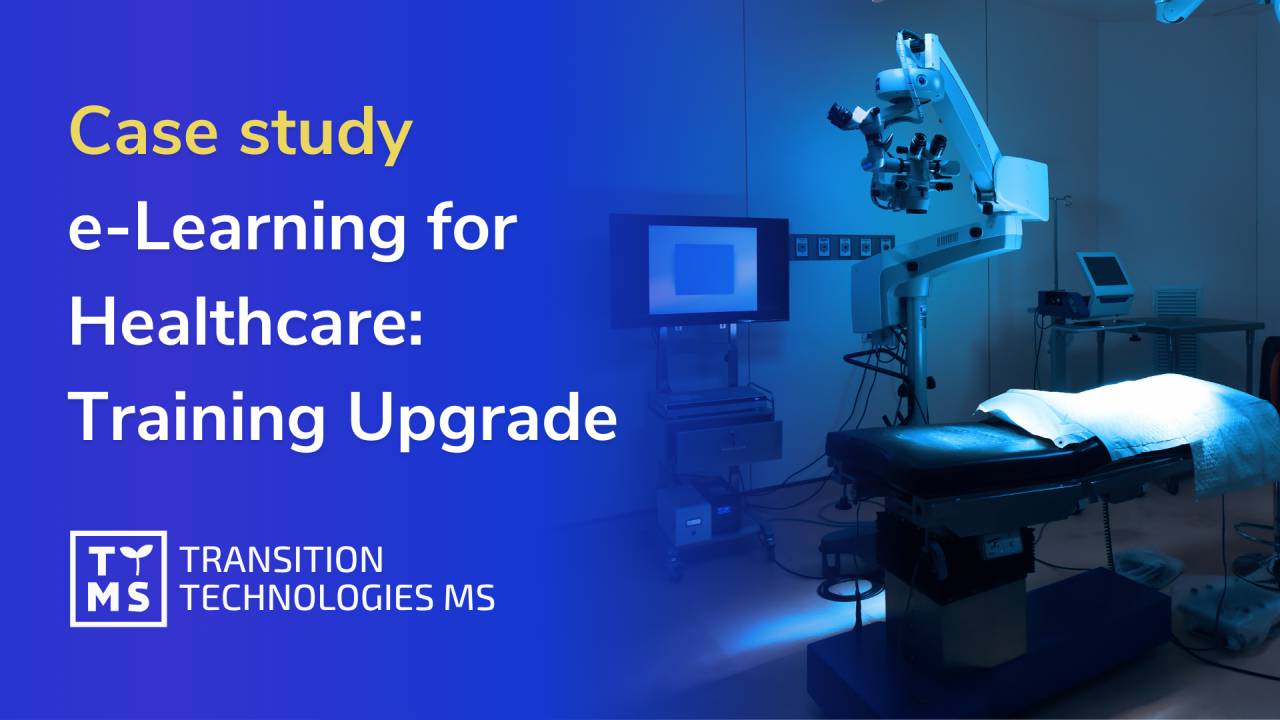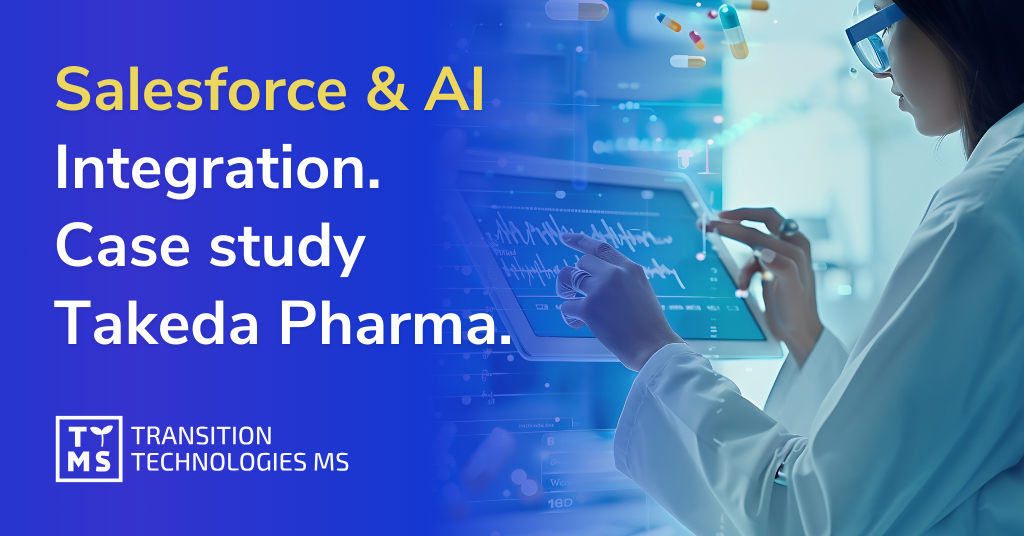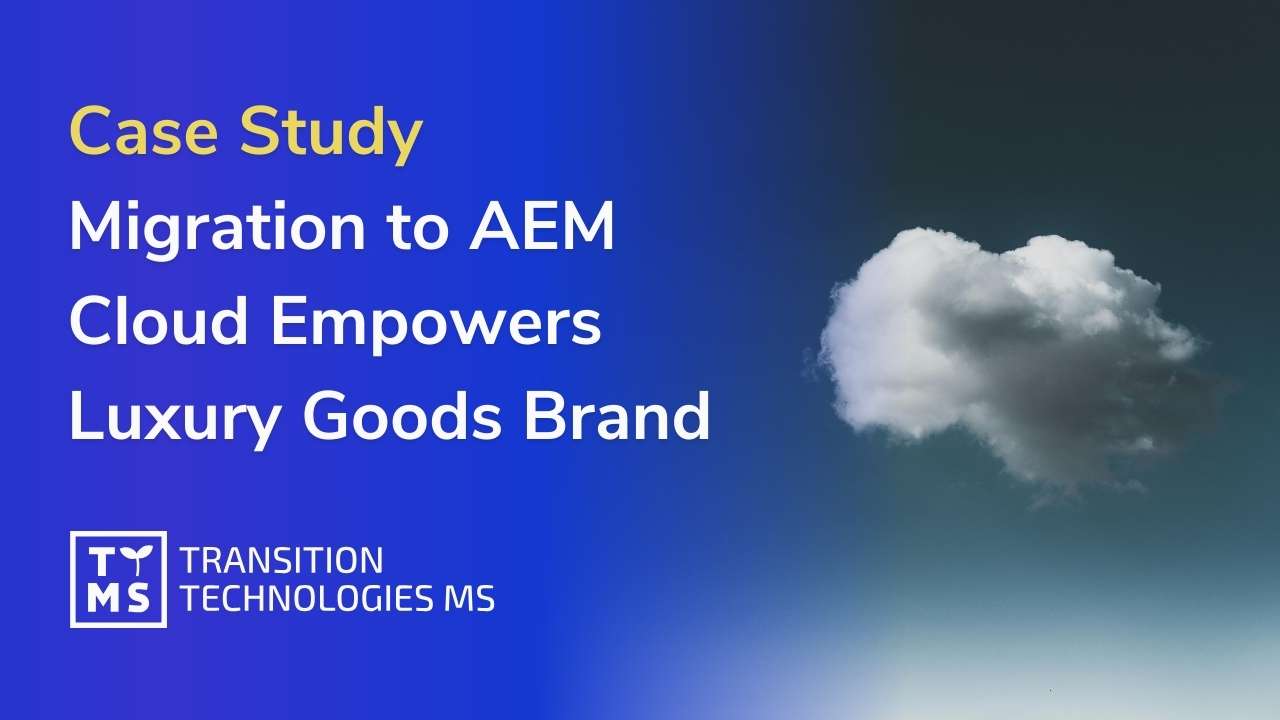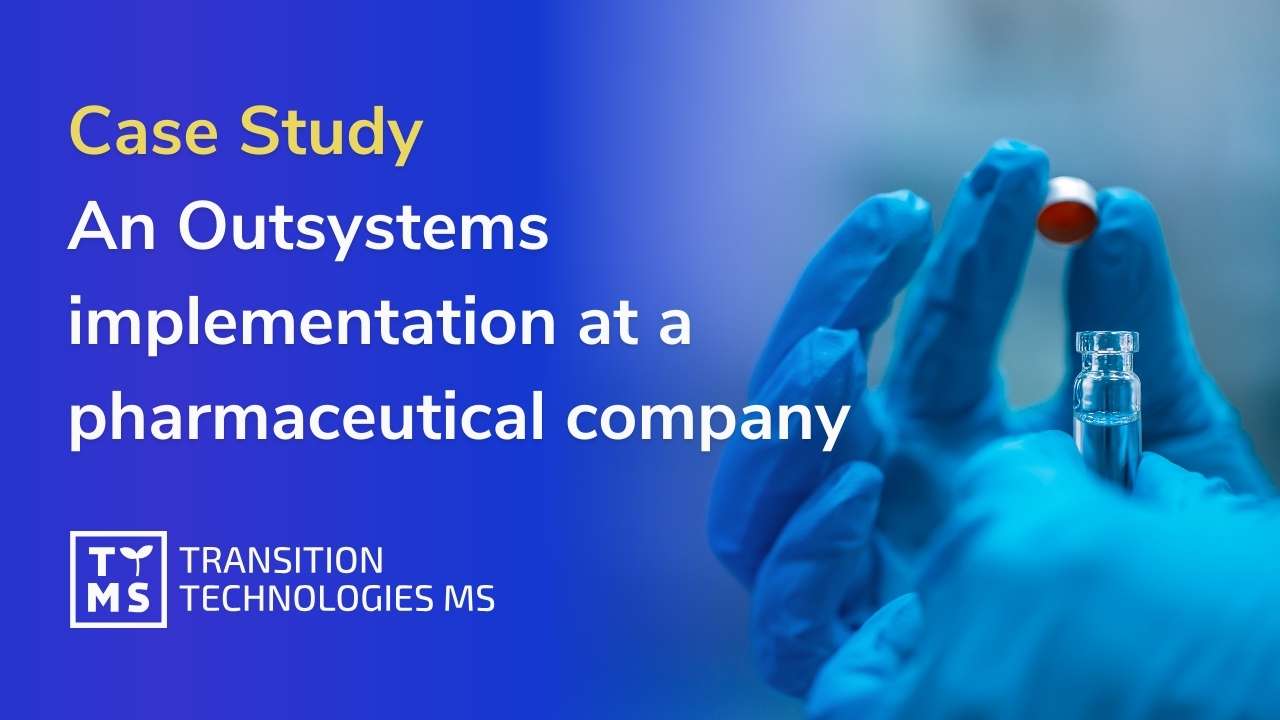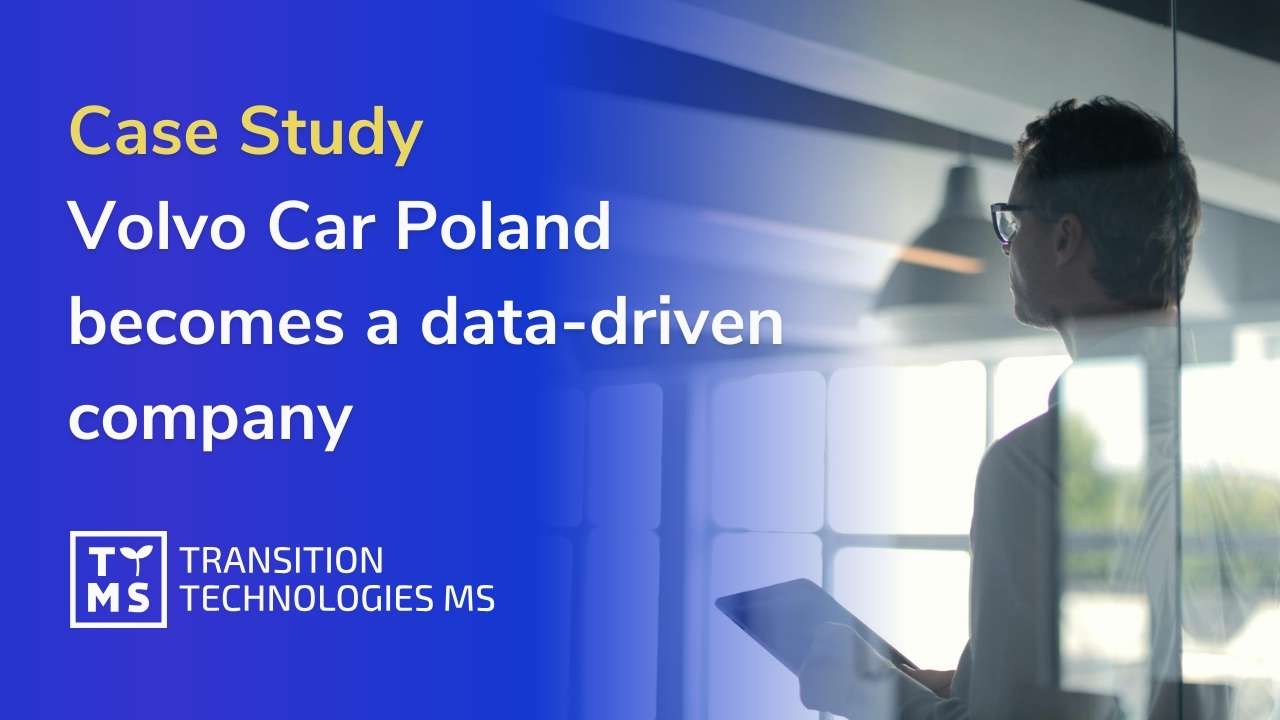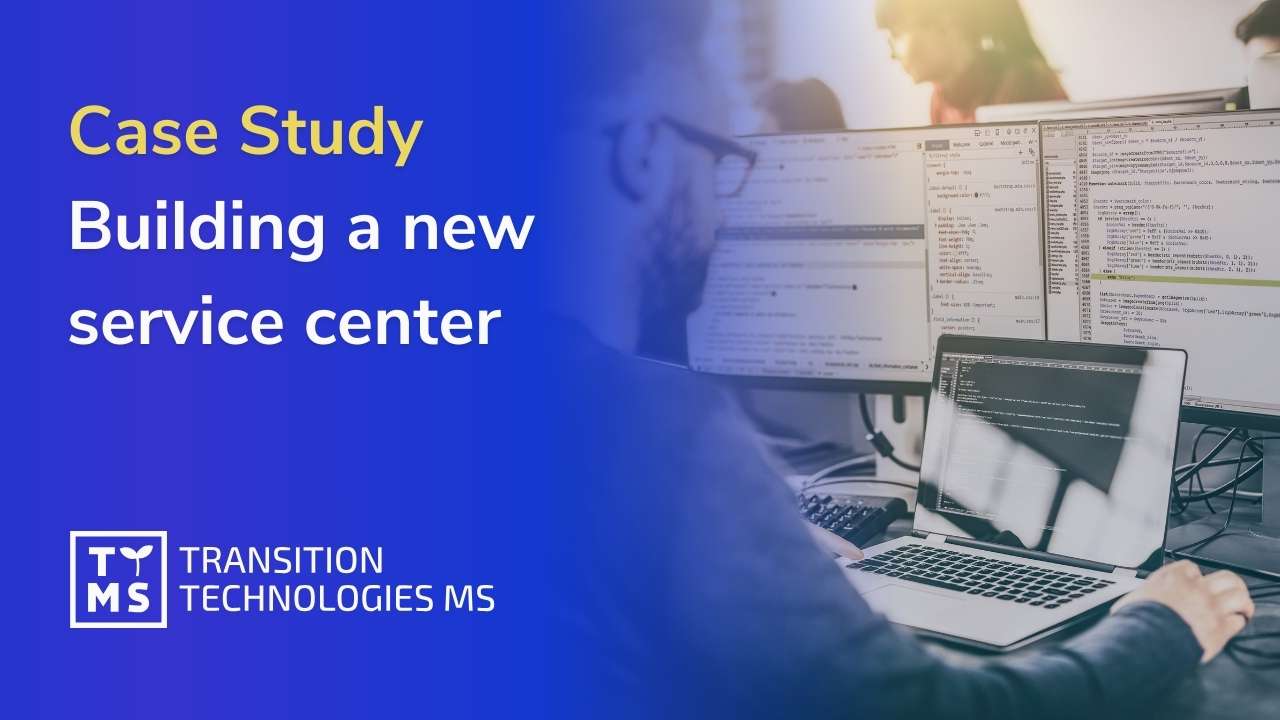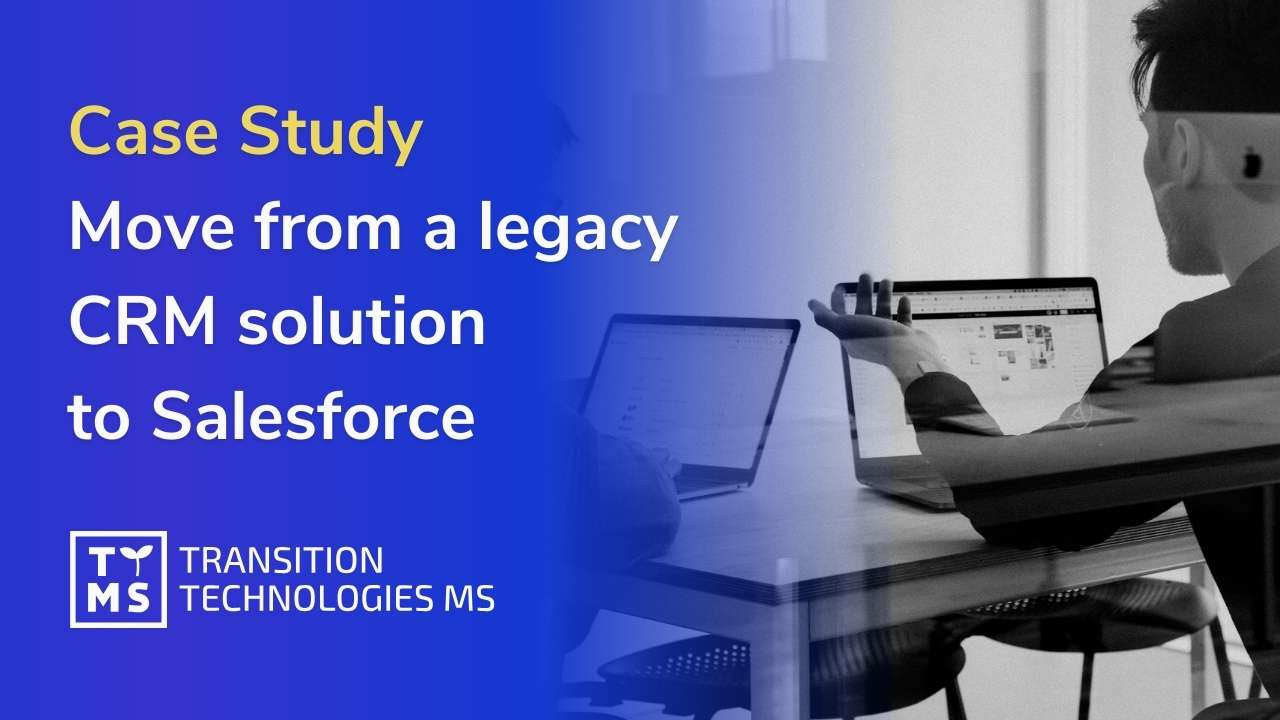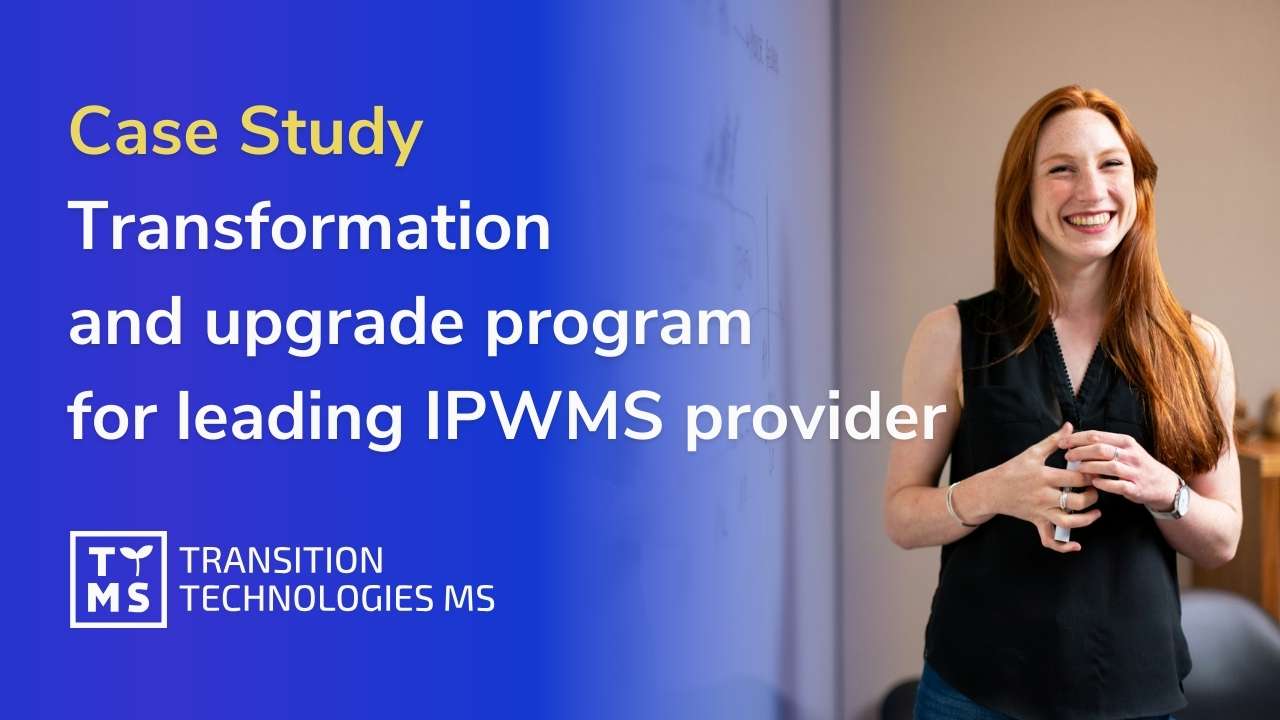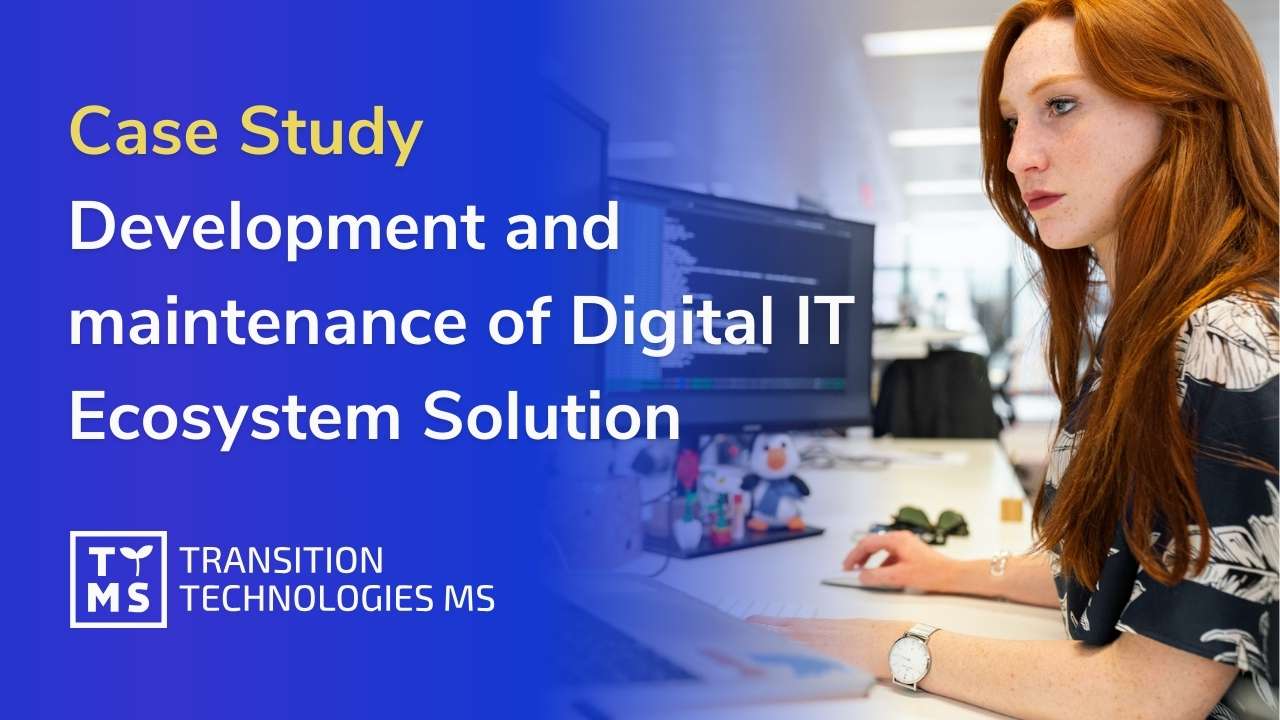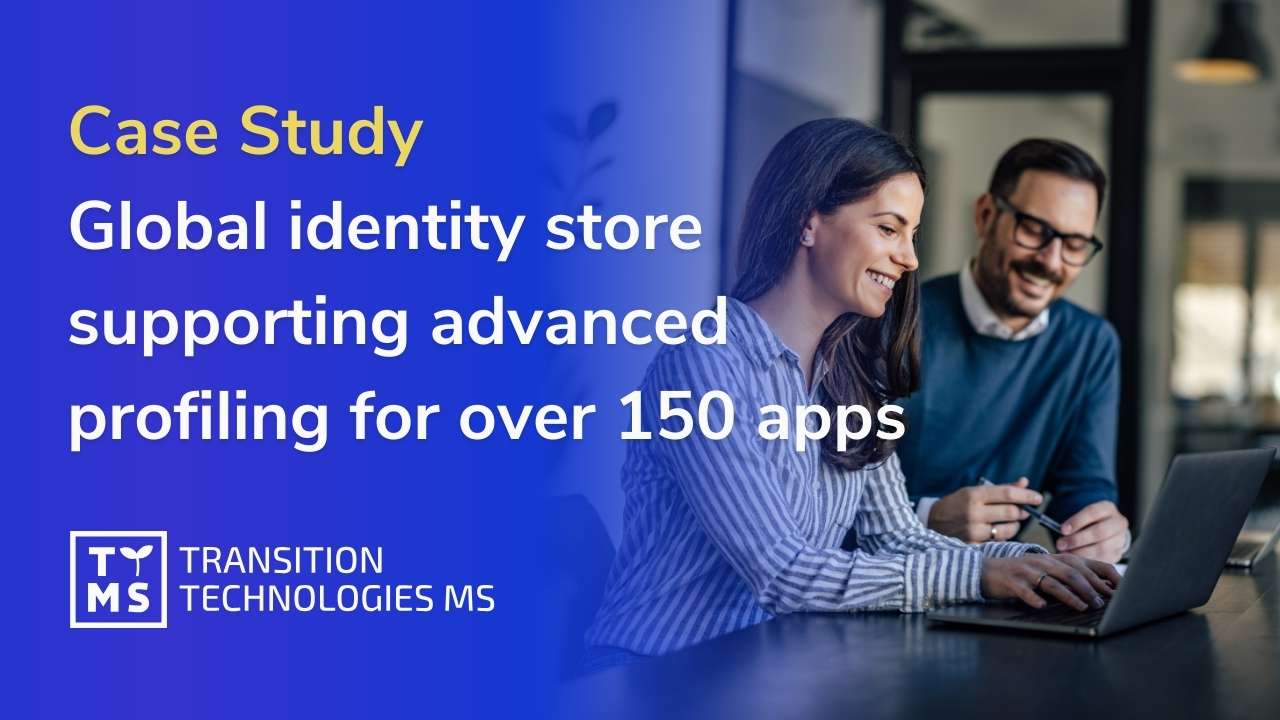
Example of Salesforce Implementation: A Platform for Digital health in Pharma
In this Digital health pharma Case Study, our client is a global entity in the Healthcare & Life Sciences sector, specifically within the Pharma industry. The core values of the client include convenient access and increased patient involvement, comprehensive understanding and interaction with patients, education and supervision of healthcare, and a collaborative platform for patient consultations. The client aims to offer innovative treatment methods through supportive programs, providing affiliates with effective support for both patients and healthcare professionals.
Outcome: Global Digital Solution for Patient and Healthcare Professional Engagement
The implementation of this digital solution resulted in several significant improvements and benefits:
- Efficient and Transparent Registration Process:
- The new platform streamlined the patient registration process, reducing the time required for onboarding new patients.
- Enhanced transparency ensured that patients could easily track their registration status and understand the steps involved.
- Significantly Reduced Operating Costs:
- Automation of routine tasks and integration of various systems led to a substantial decrease in operational expenses.
- Reduction in manual data entry and processing errors contributed to cost savings.
- Improved efficiency and resource allocation allowed the organization to redirect funds towards innovative treatment programs.
- Ensuring Data Security:
- The use of advanced security protocols and encryption techniques ensured the protection of sensitive patient data.
- Implementation of access controls and audit trails provided robust monitoring and prevention of unauthorized data access.
- Compliance with regional and international data privacy regulations reinforced patient trust and organizational reputation.
- An Agile and Scalable Platform:
- The platform was designed to be flexible, allowing for easy scaling to accommodate an increasing number of patients and users.
- Agile development methodologies ensured that the system could quickly adapt to changing business requirements and technological advancements.
- Modular architecture facilitated the integration of new features and services without disrupting existing functionalities.
- Productive System for Managing, Processing, and Sharing Data and Information:
- Centralized data management enabled efficient processing and retrieval of patient information, improving overall productivity.
- Seamless data sharing among stakeholders, including patients, healthcare providers, and care coordinators, enhanced collaboration and decision-making.
- Real-time data updates ensured that all parties had access to the most current and accurate information.
- Smooth Cooperation with Stakeholders:
- The platform fostered improved communication and coordination between different teams, including healthcare professionals, administrative staff, and external partners.
- Integrated tools and collaborative features enabled stakeholders to work together more effectively, leading to better patient outcomes.
- Regular feedback loops and stakeholder engagement ensured continuous improvement and alignment with organizational goals.
- Full Access to Products and Innovative Treatments:
- Patients and healthcare providers gained comprehensive access to the latest treatment options and medical products.
- The platform facilitated the dissemination of information about new treatments and their availability, supporting informed decision-making by patients and doctors.
- Enhanced visibility into treatment programs and progress enabled patients to be more involved in their healthcare journey.
- A Digital Solution to Manage and Engage Patients and Healthcare Professionals:
- The platform offered a holistic approach to patient management, integrating various aspects of care and support into a single, user-friendly interface.
- Features such as personalized dashboards, notifications, and educational resources kept patients engaged and informed about their treatment plans.
- Healthcare professionals benefited from tools that streamlined administrative tasks, allowing them to focus more on patient care.
Overall, the digital transformation in this example of digital health for pharma led by the implementation of this comprehensive platform significantly enhanced the client’s ability to deliver patient-centric care. By addressing critical needs and leveraging advanced technologies, the client achieved greater operational efficiency, improved data management, and stronger stakeholder collaboration. These outcomes not only aligned with the client’s core values but also set a new standard for innovation and excellence in the Pharma sector.
Are you interested in our Pharma Software Development Services? Explore our offer.
Conclusion: Achieving Better Patient Care and Data Management
This Pharma and digital health Case study highlights the transformative impact of implementing a patient-centric digital solution in the Pharma sector. By addressing critical challenges and leveraging advanced technologies, the client achieved a more efficient, secure, and scalable system. This enabled better data management, improved stakeholder collaboration, and enhanced patient care, ultimately fulfilling the client’s core values of increasing patient involvement and providing innovative treatments. This digital transformation serves as a model for other organizations in the Healthcare & Life Sciences sector seeking to enhance their patient care and operational efficiency through technological innovation.
Check other case studies
Ready to take your business to the next level?
Let’s talk about how TTMS can help.

Monika Radomska
Sales Manager

